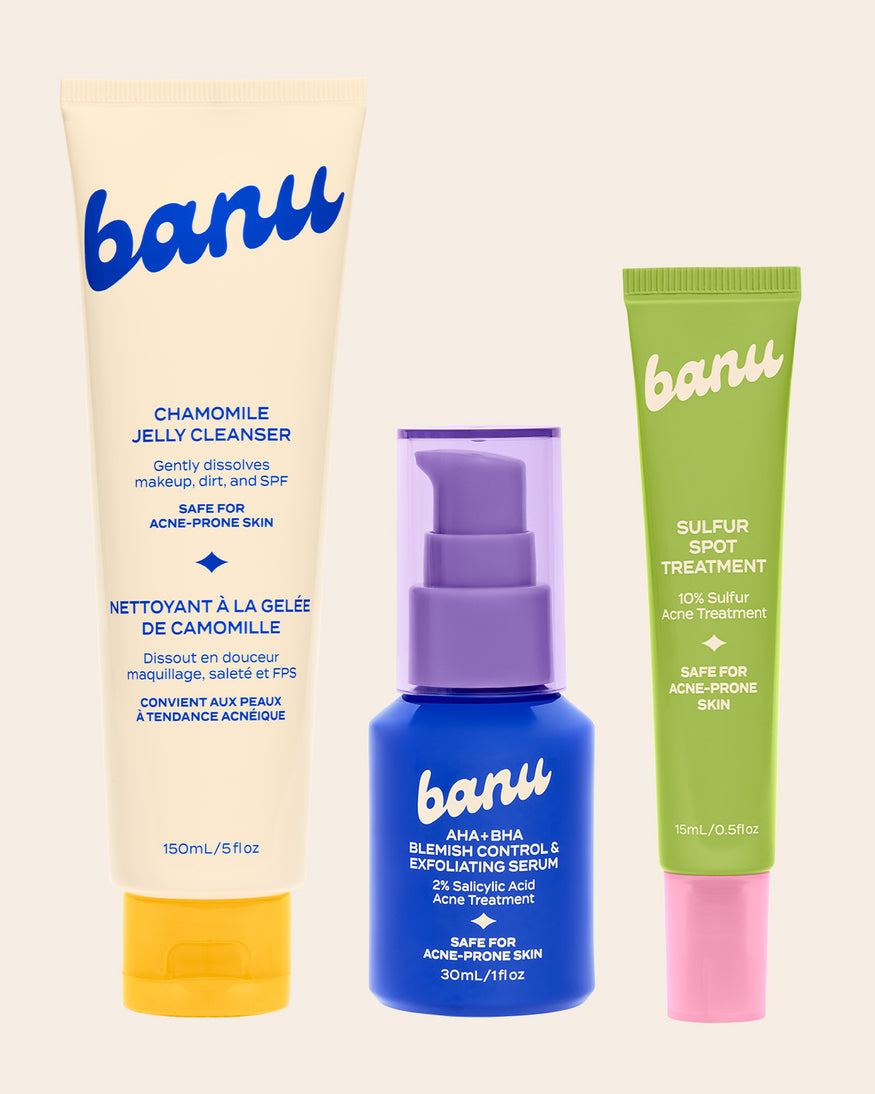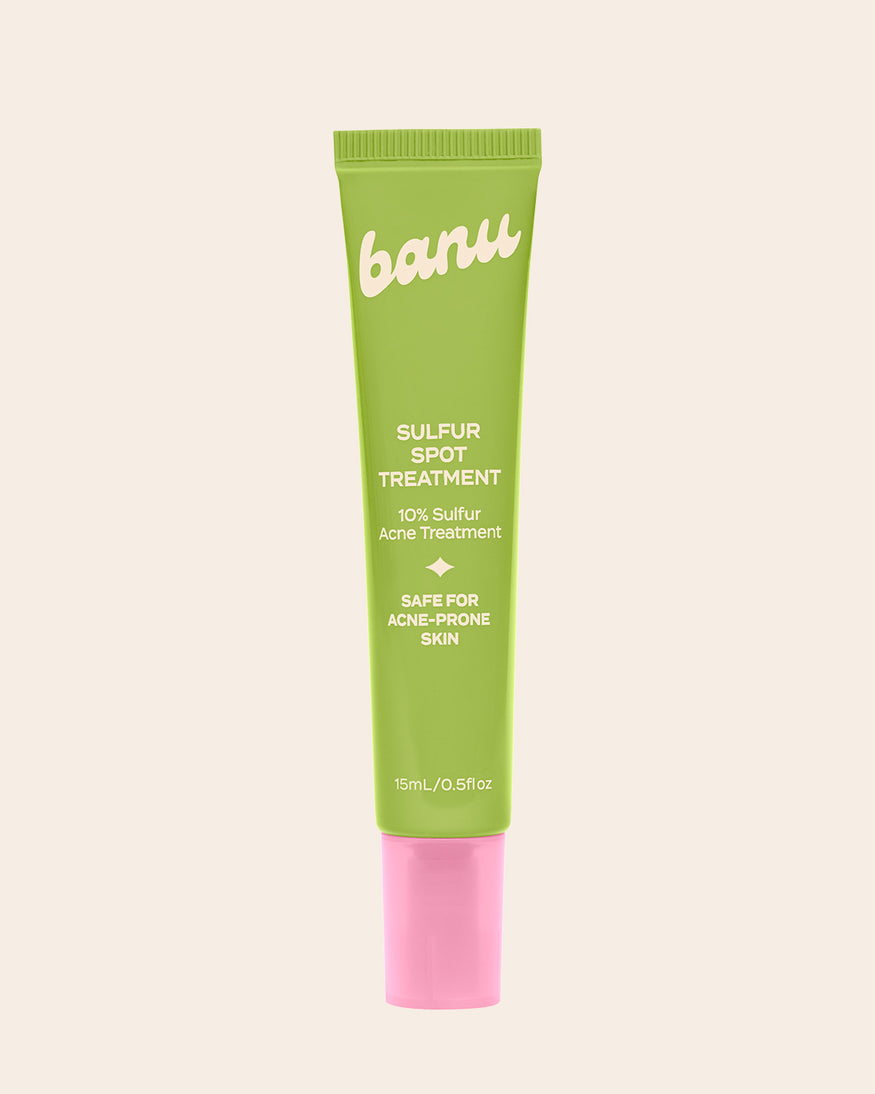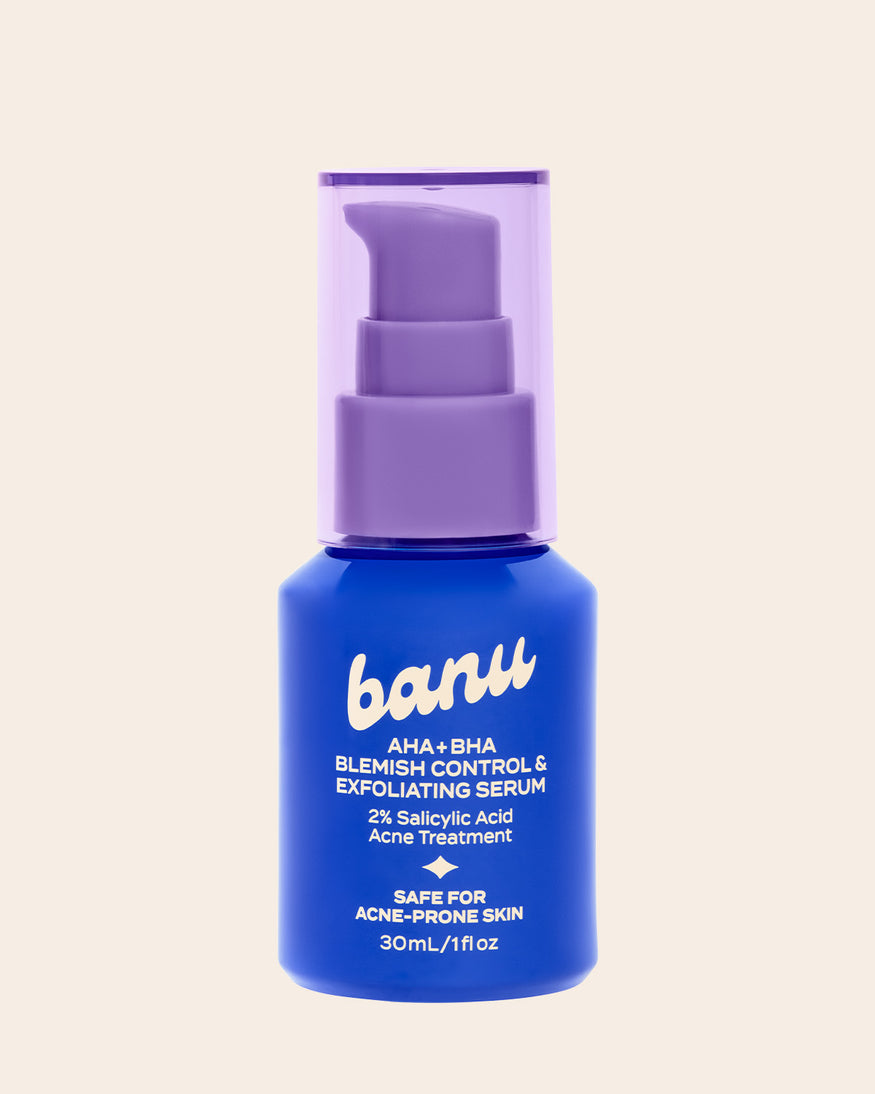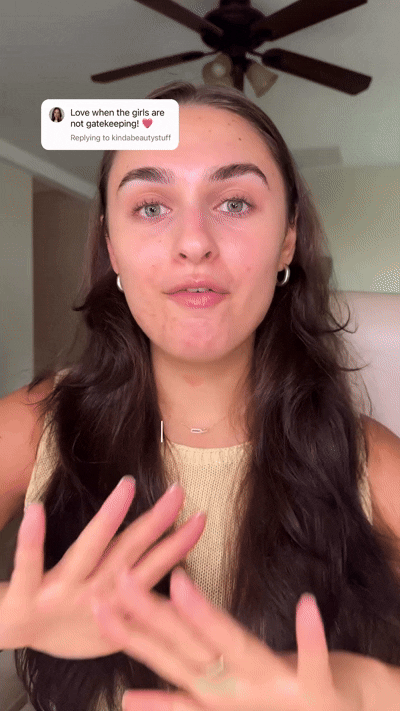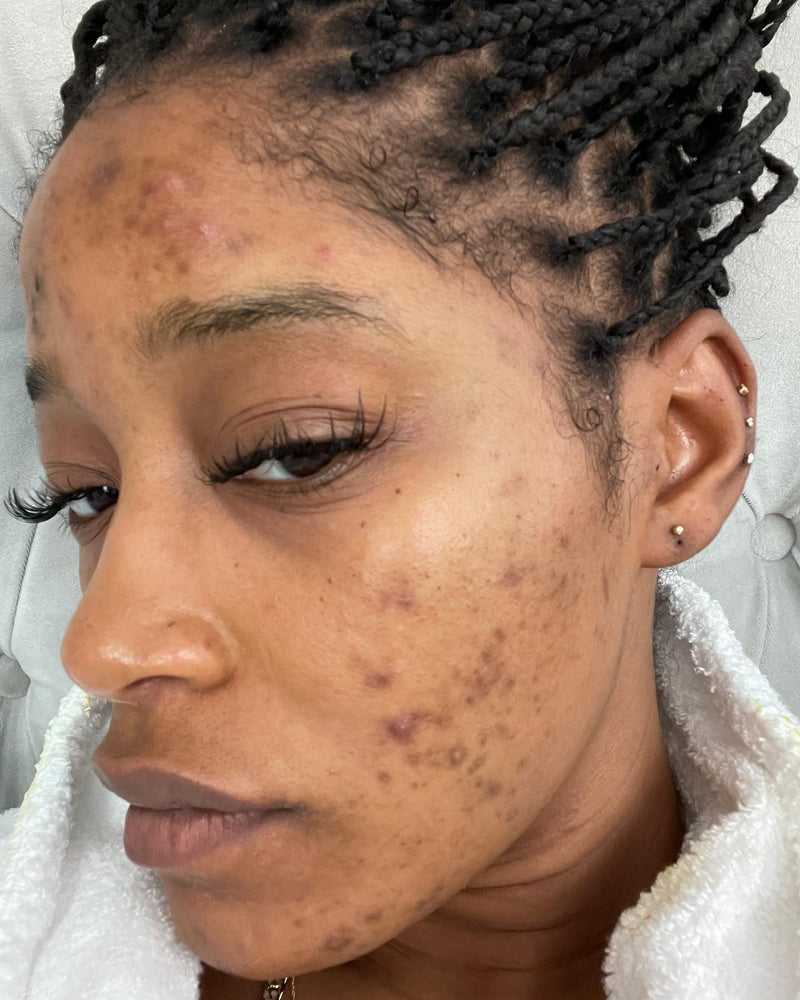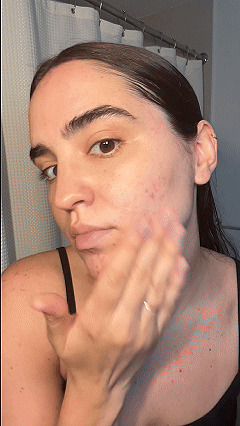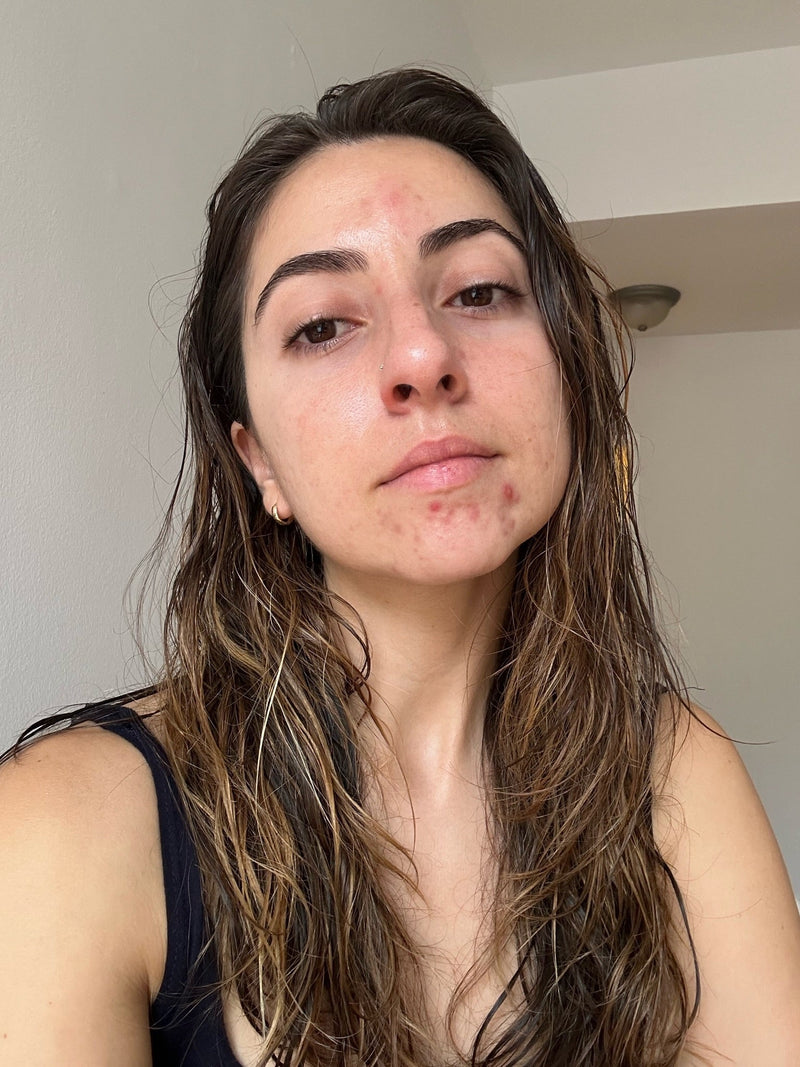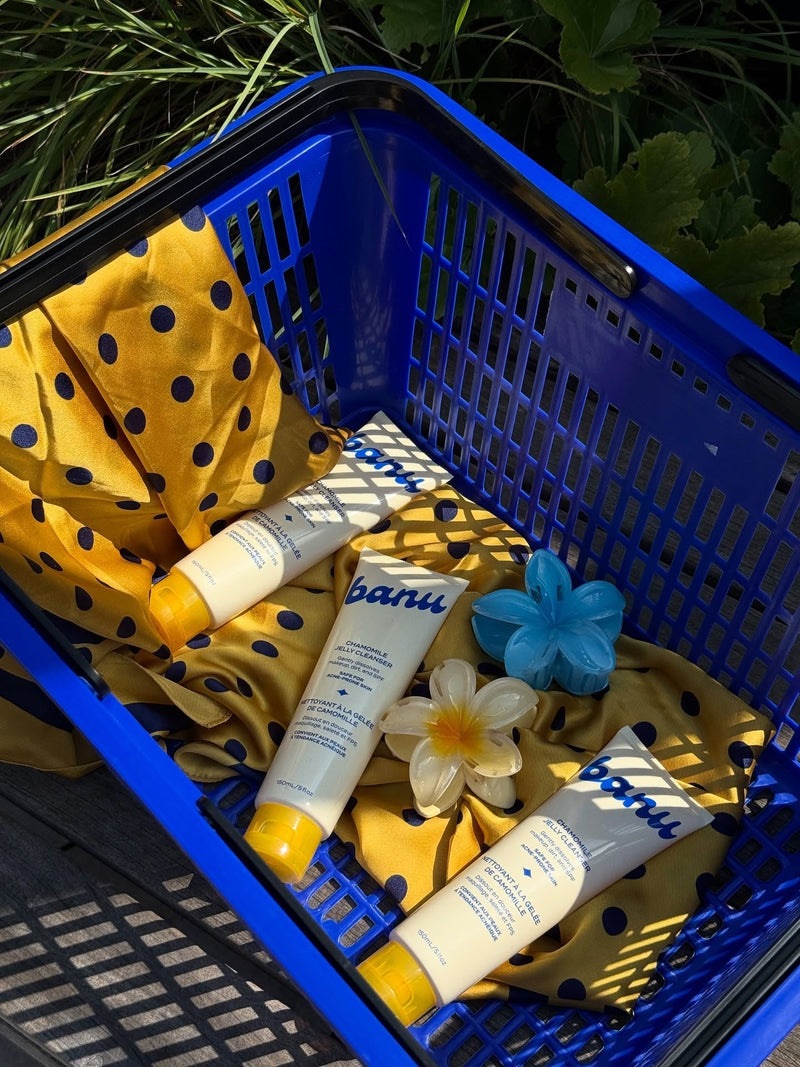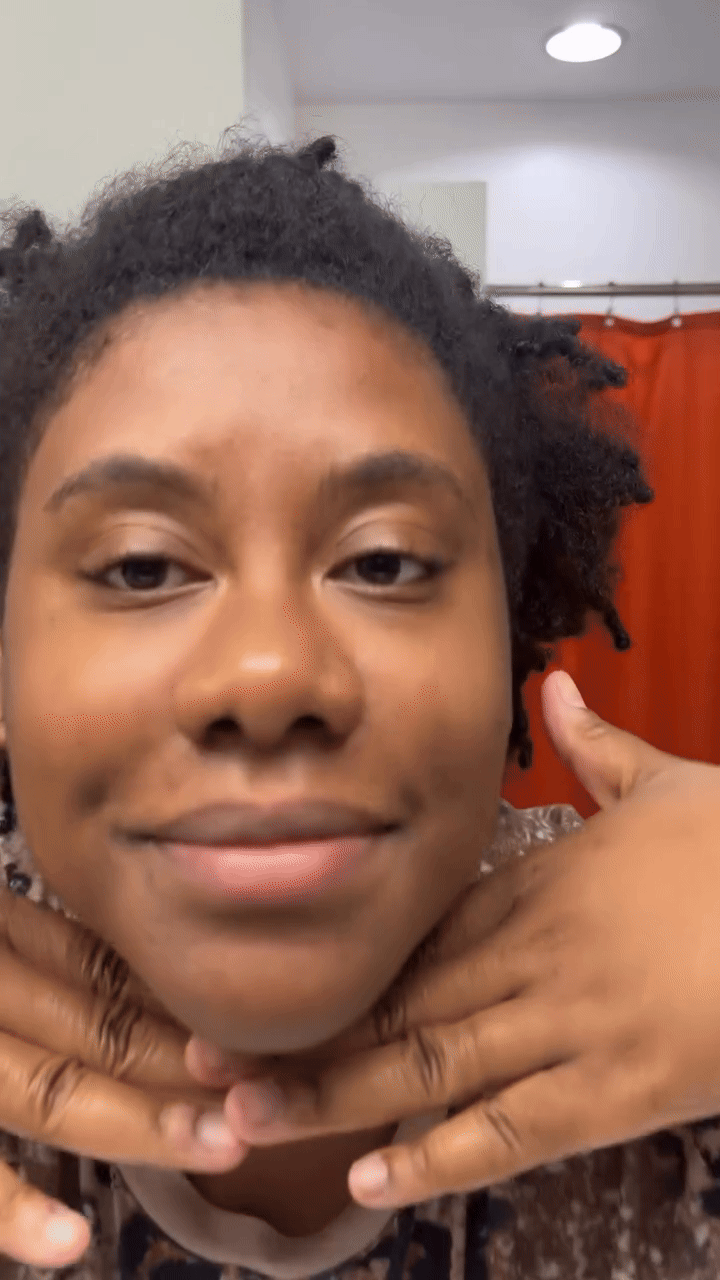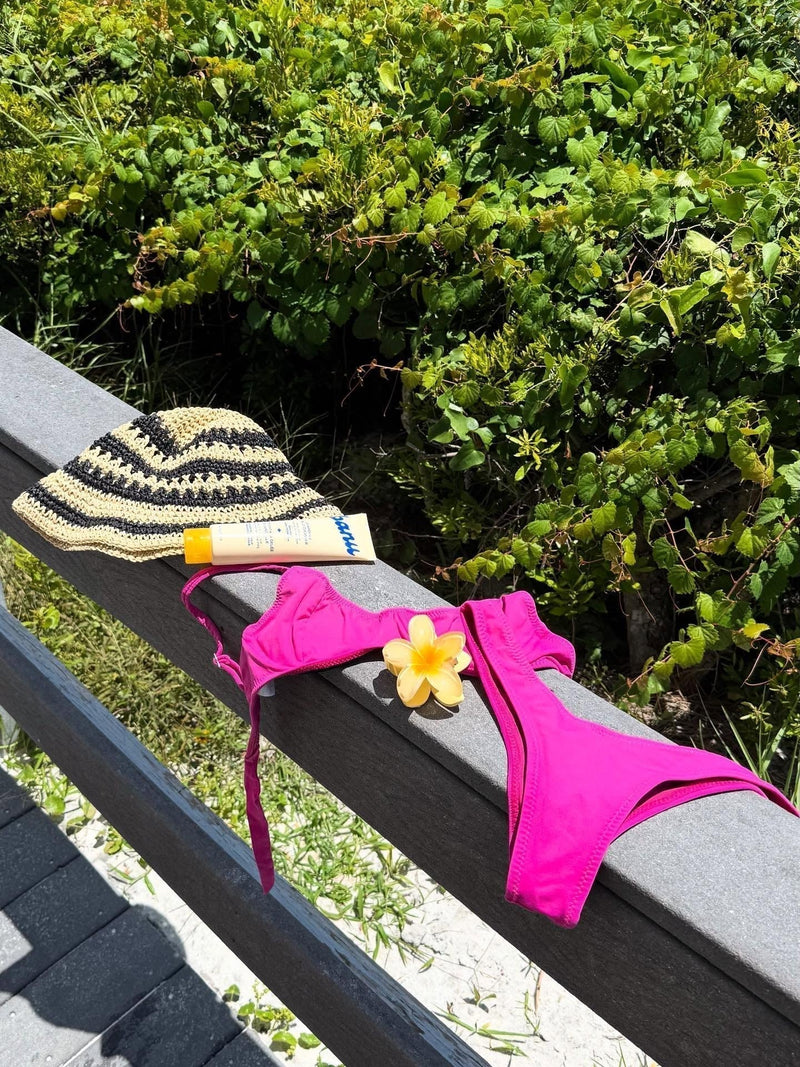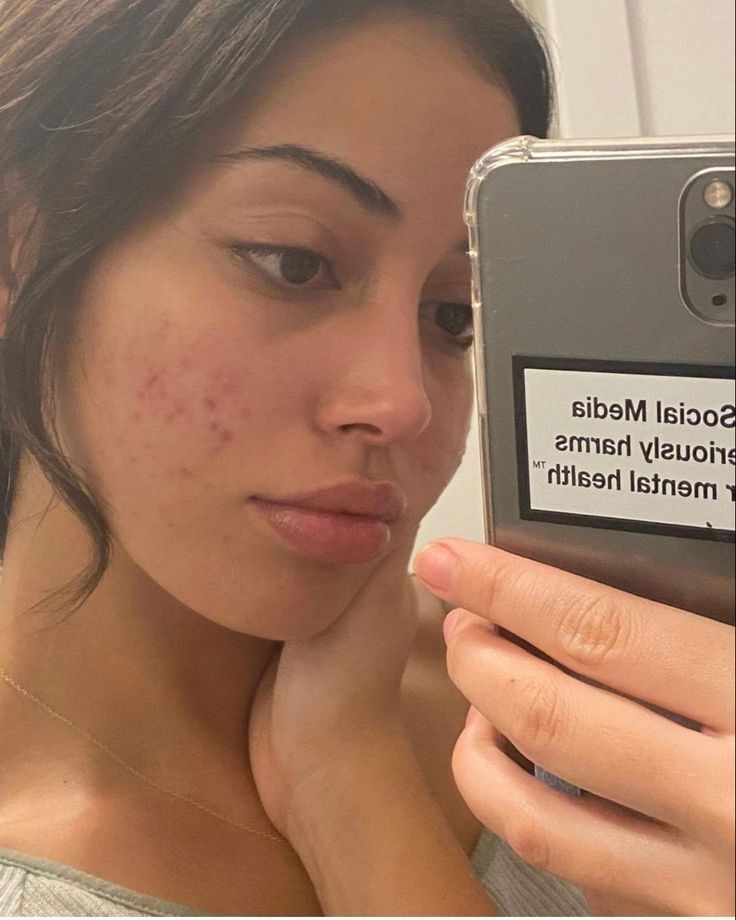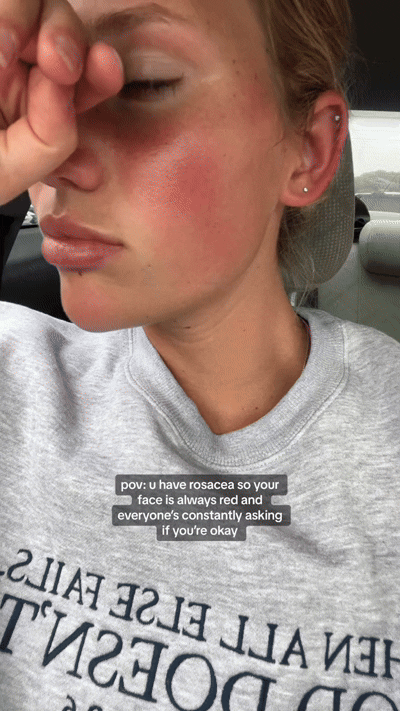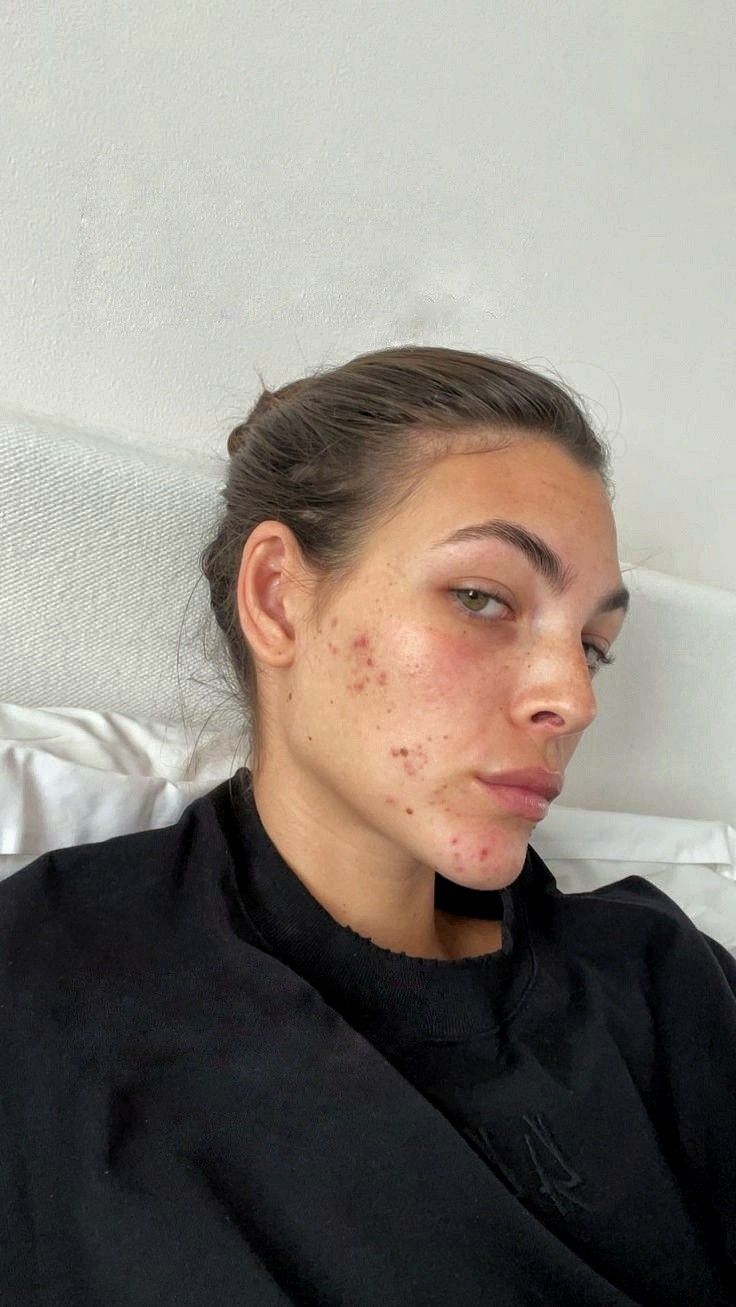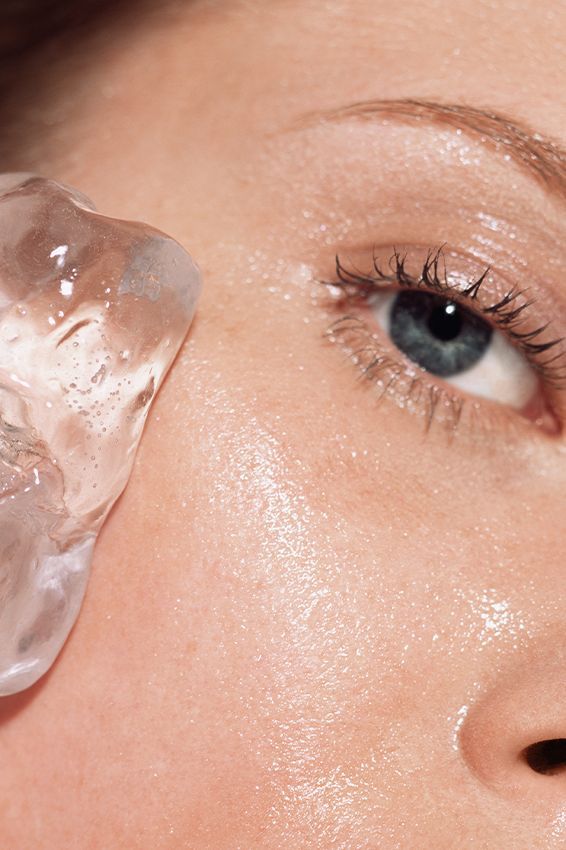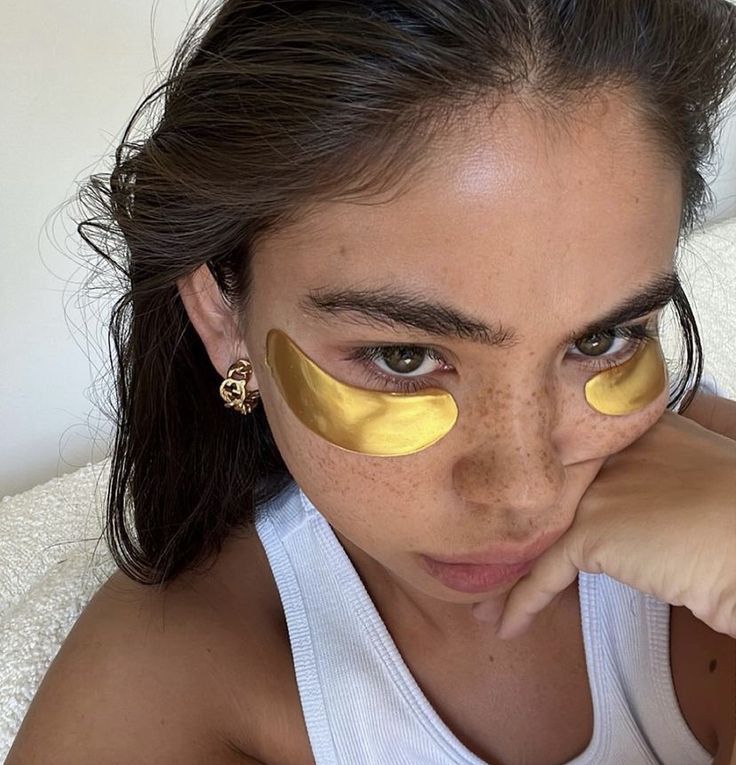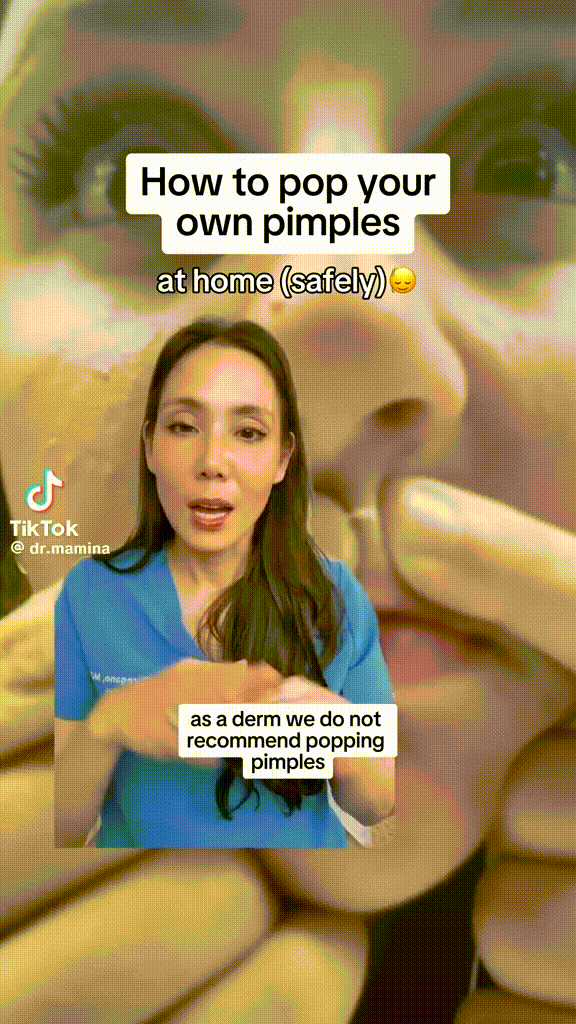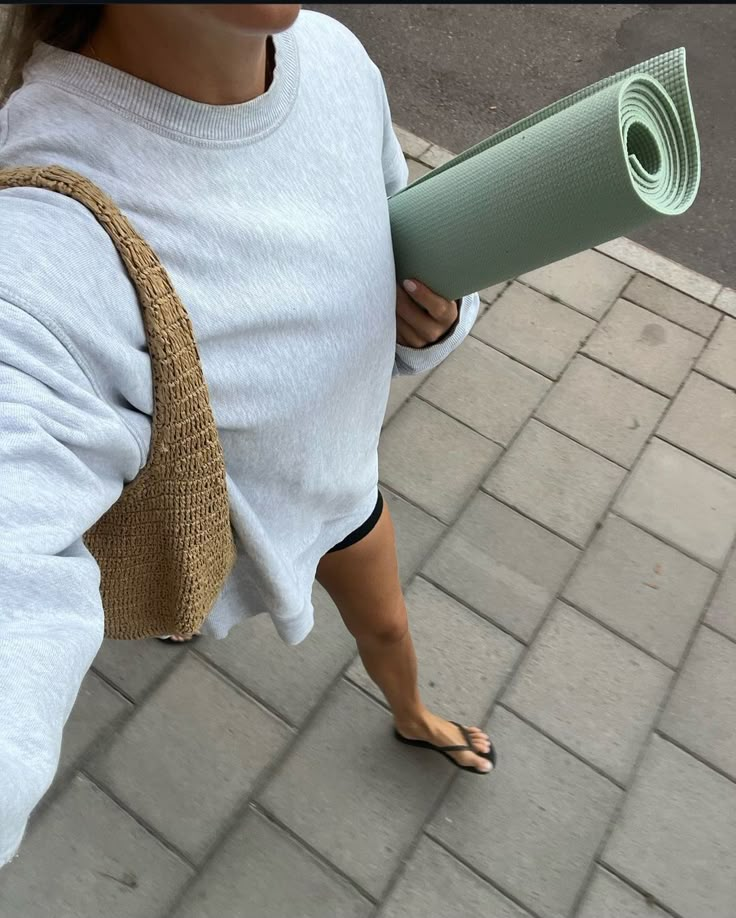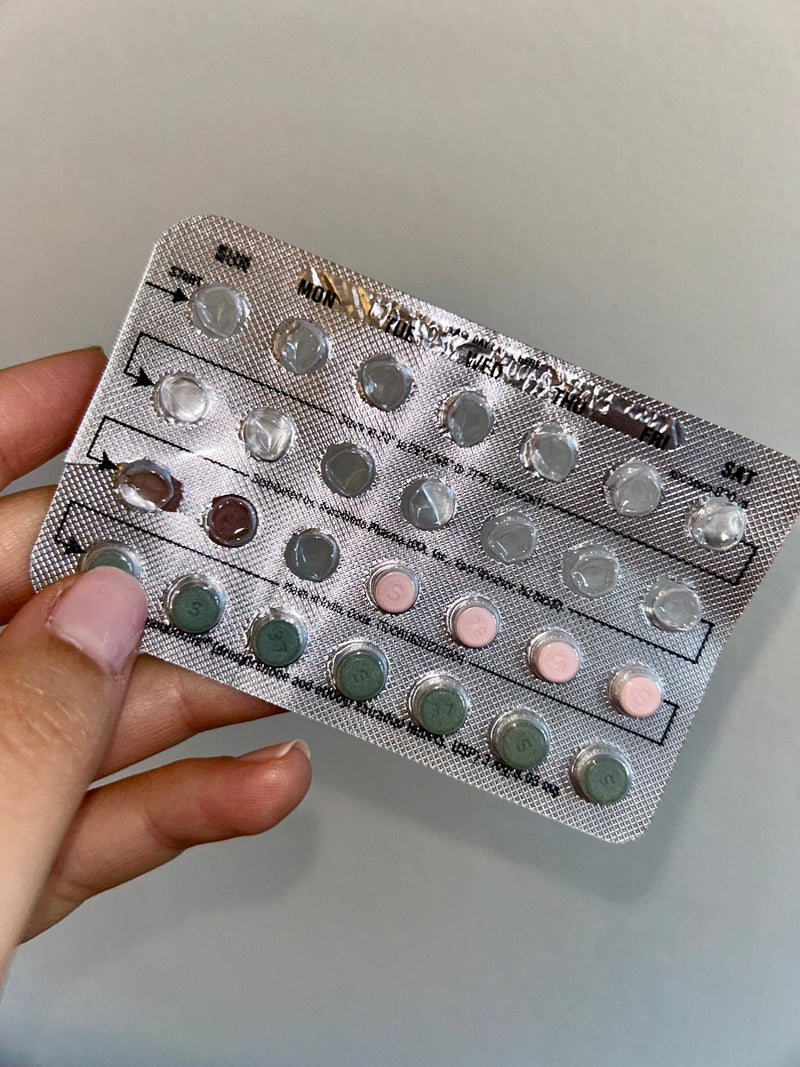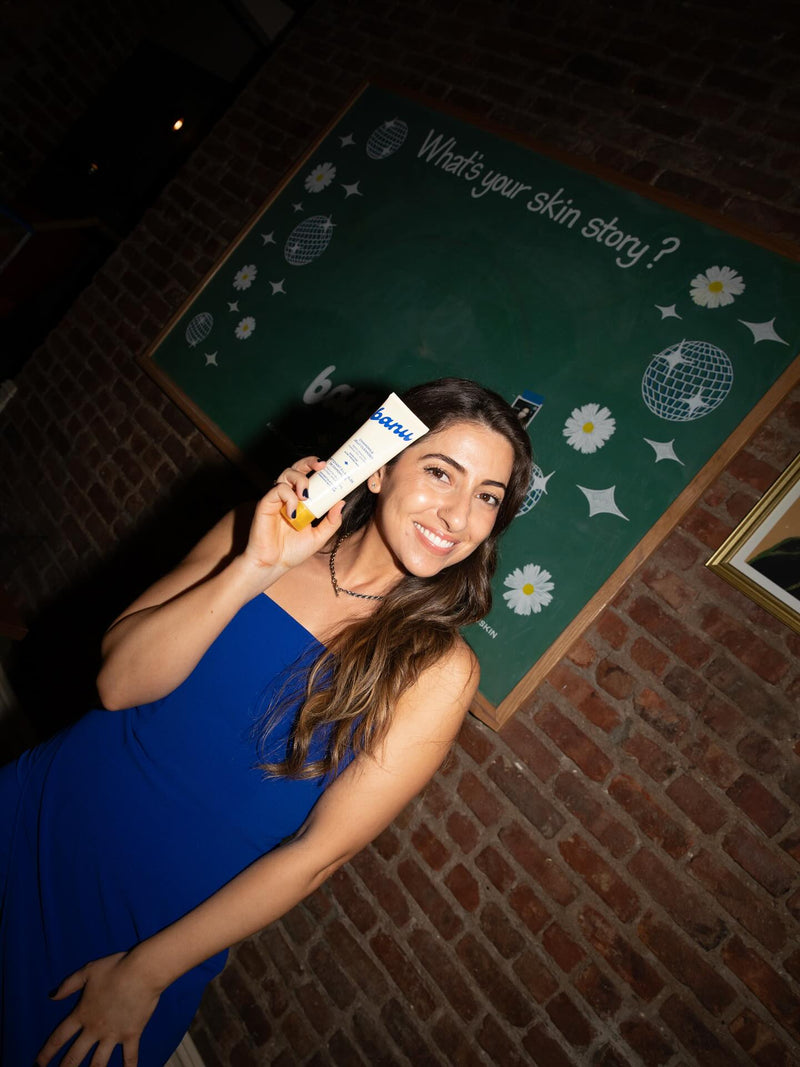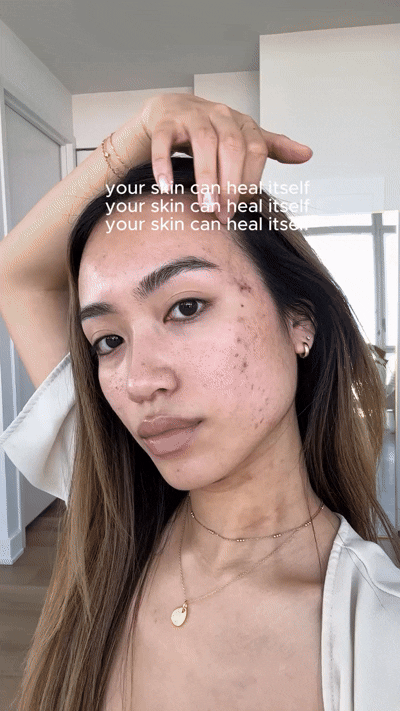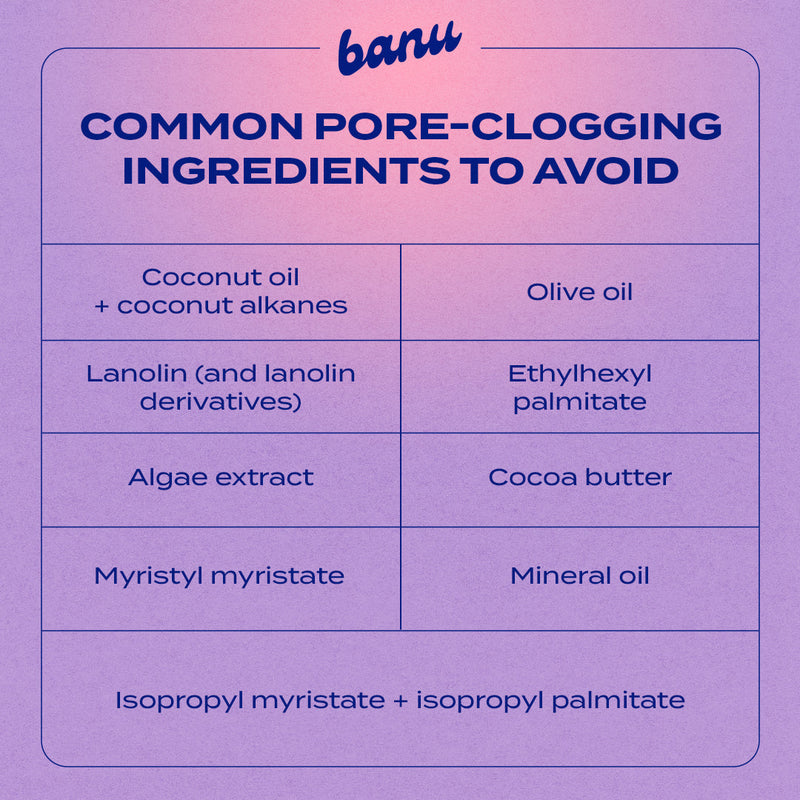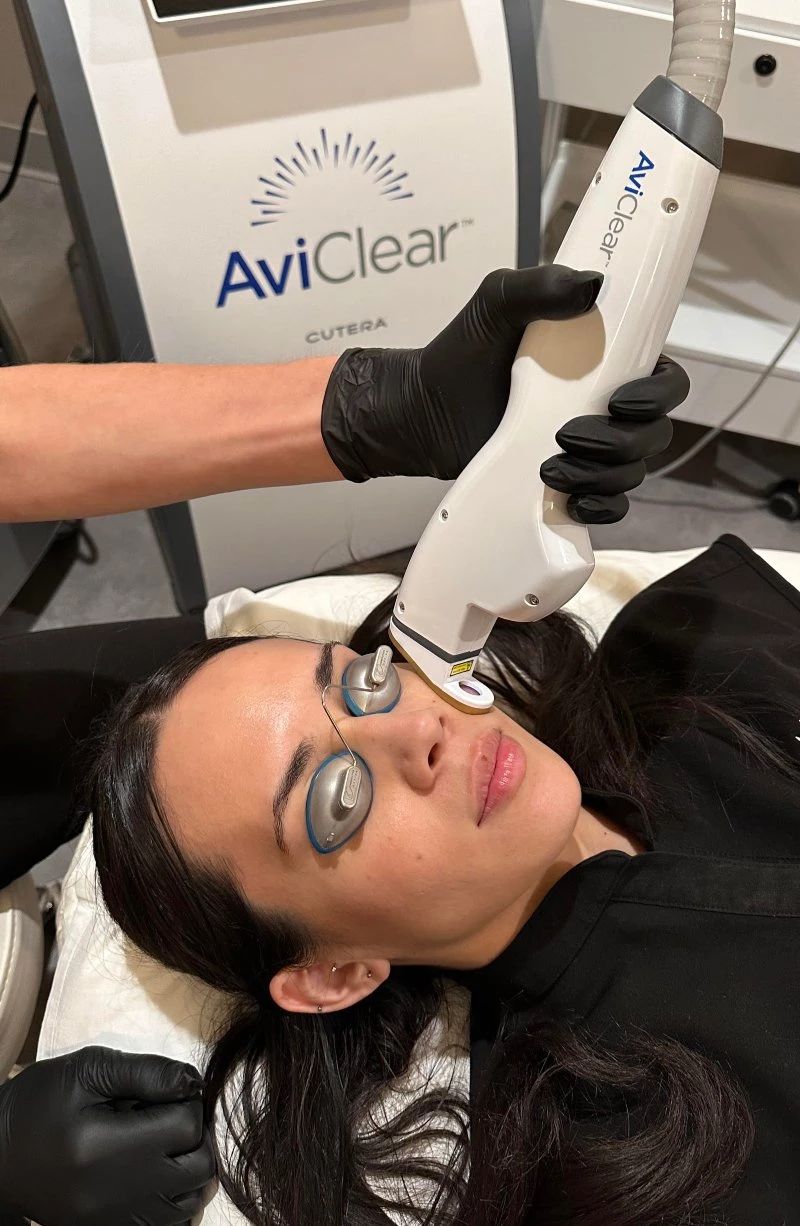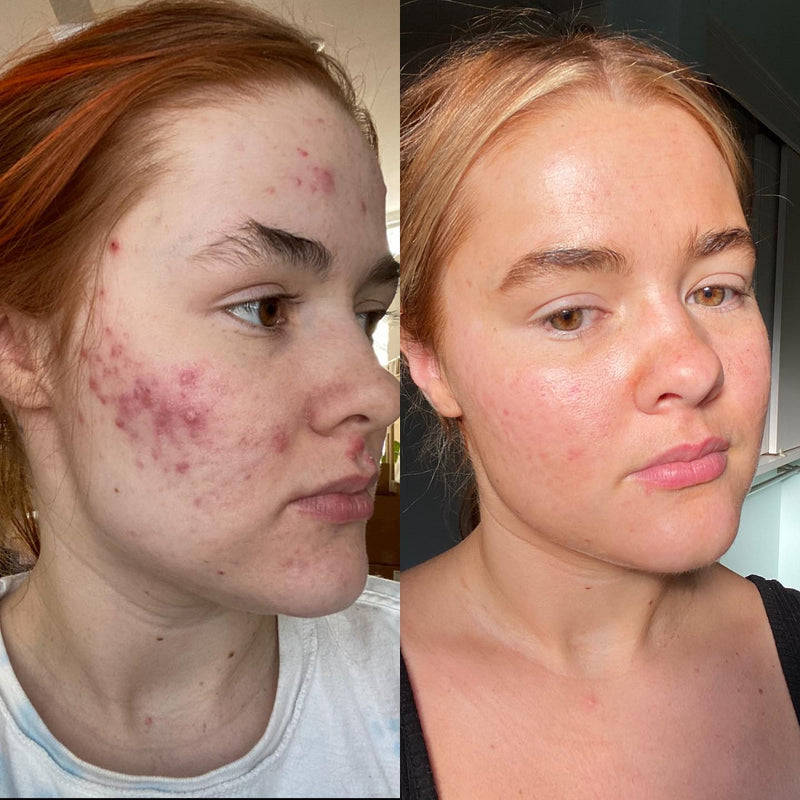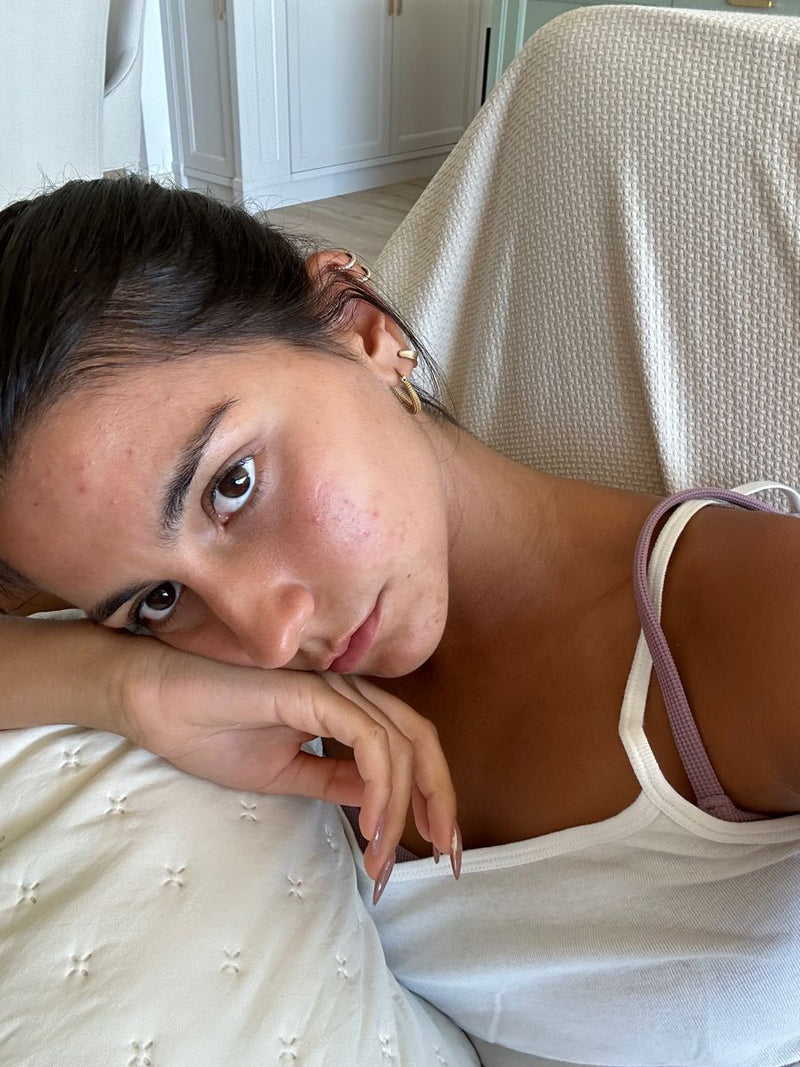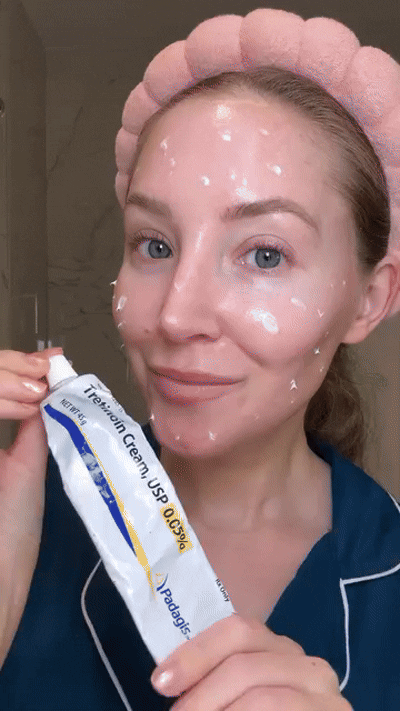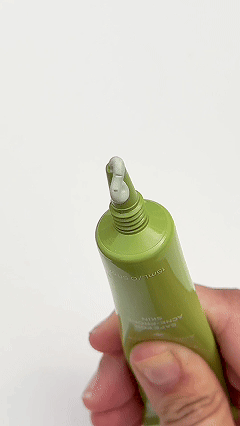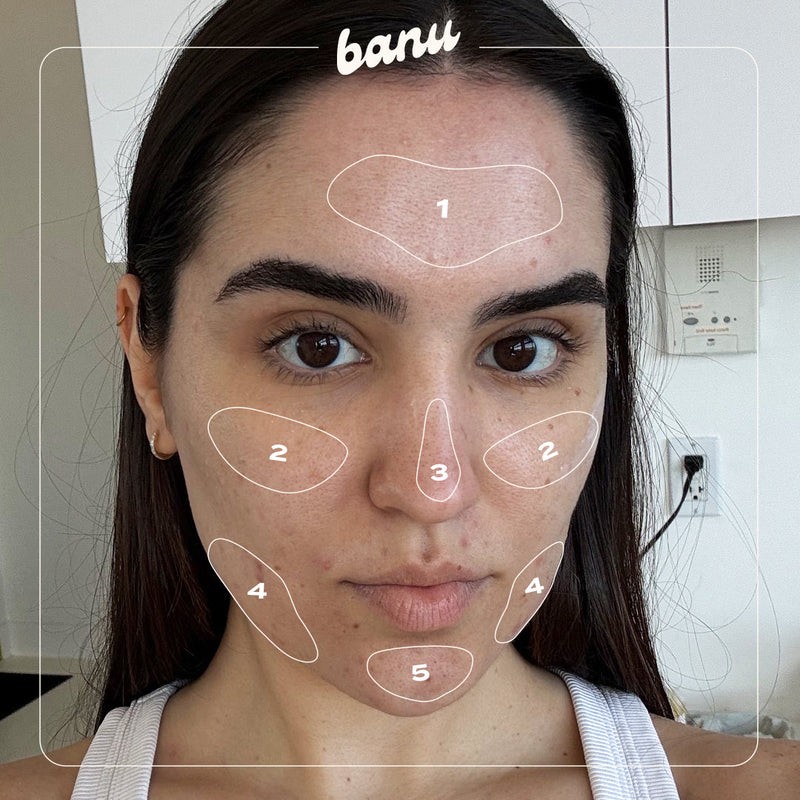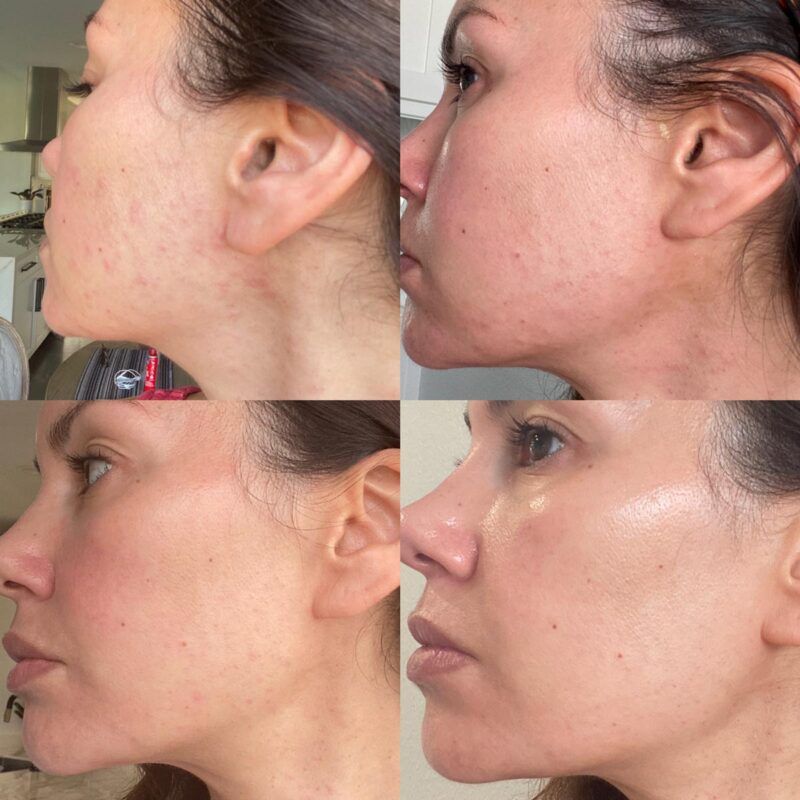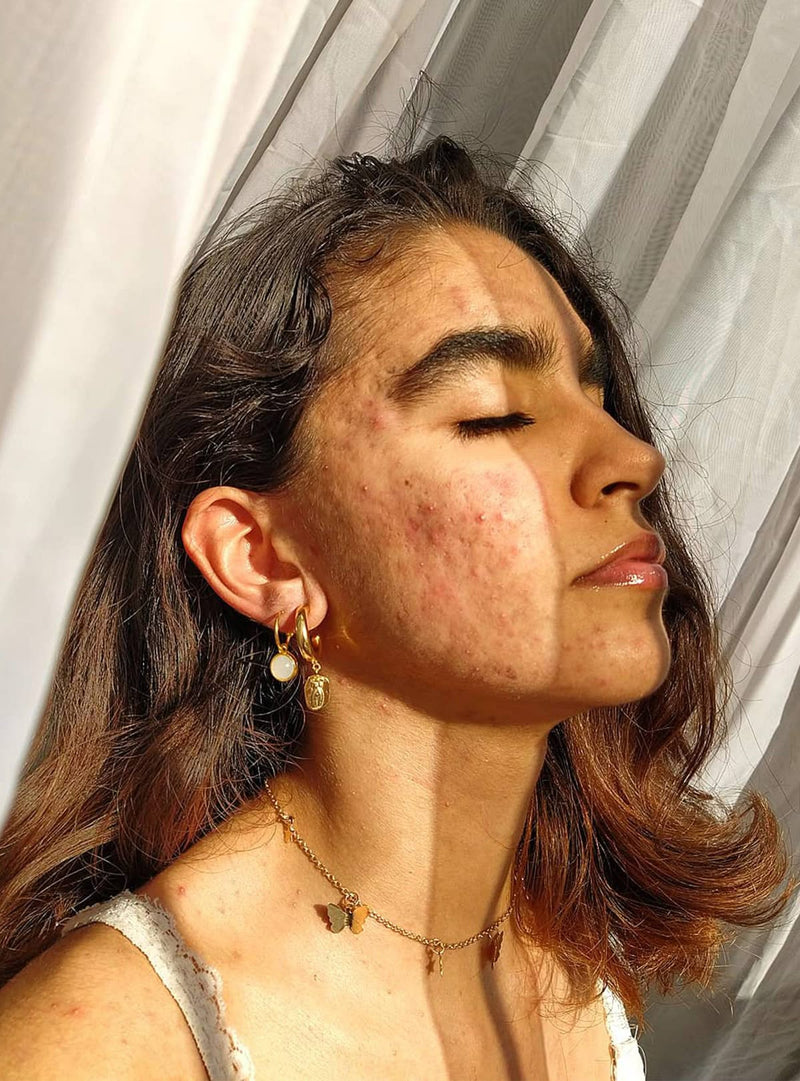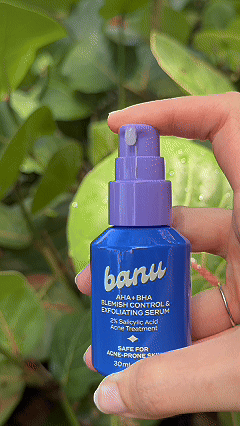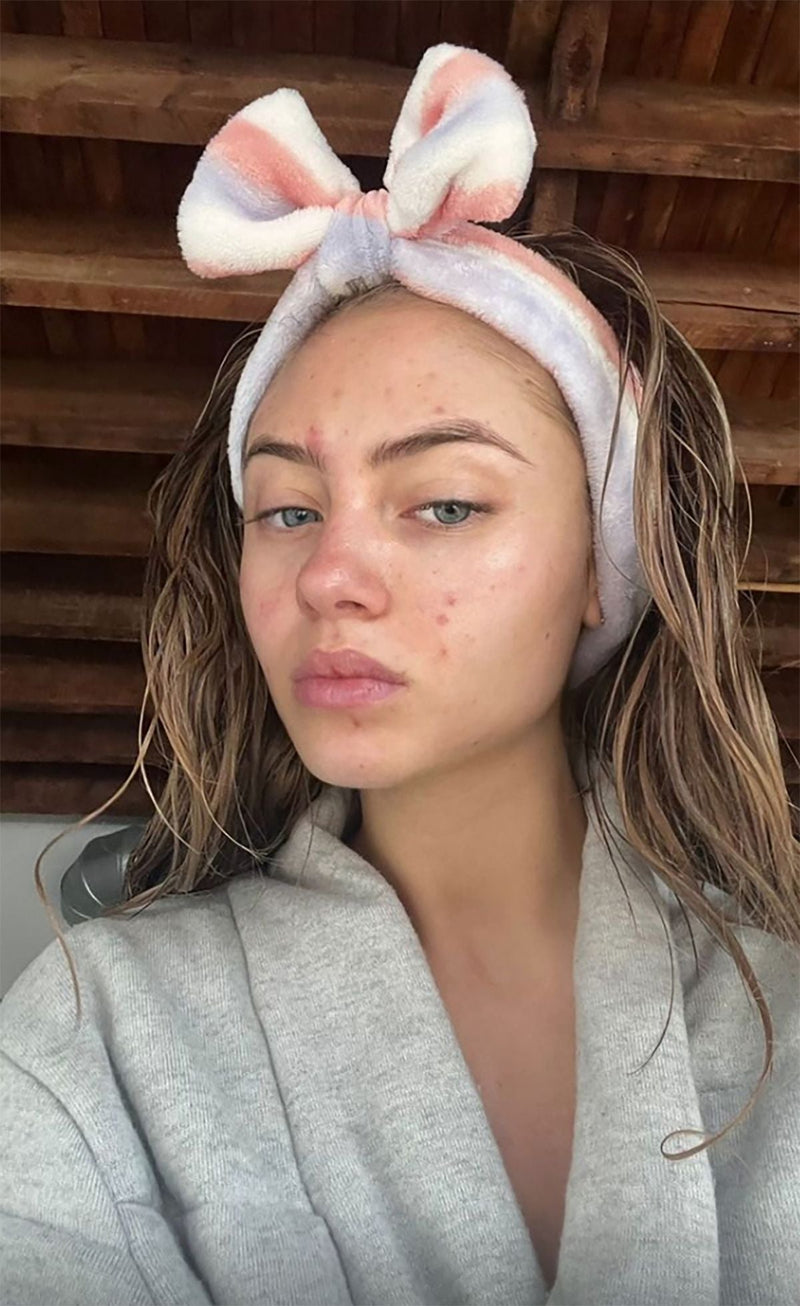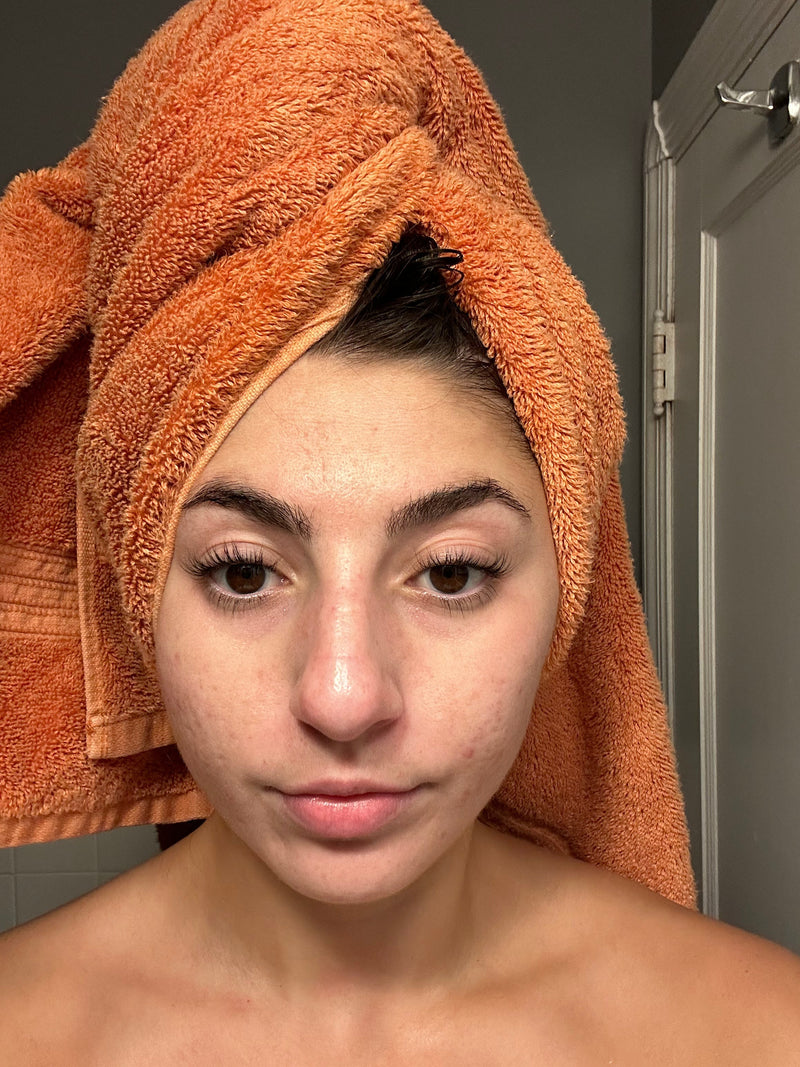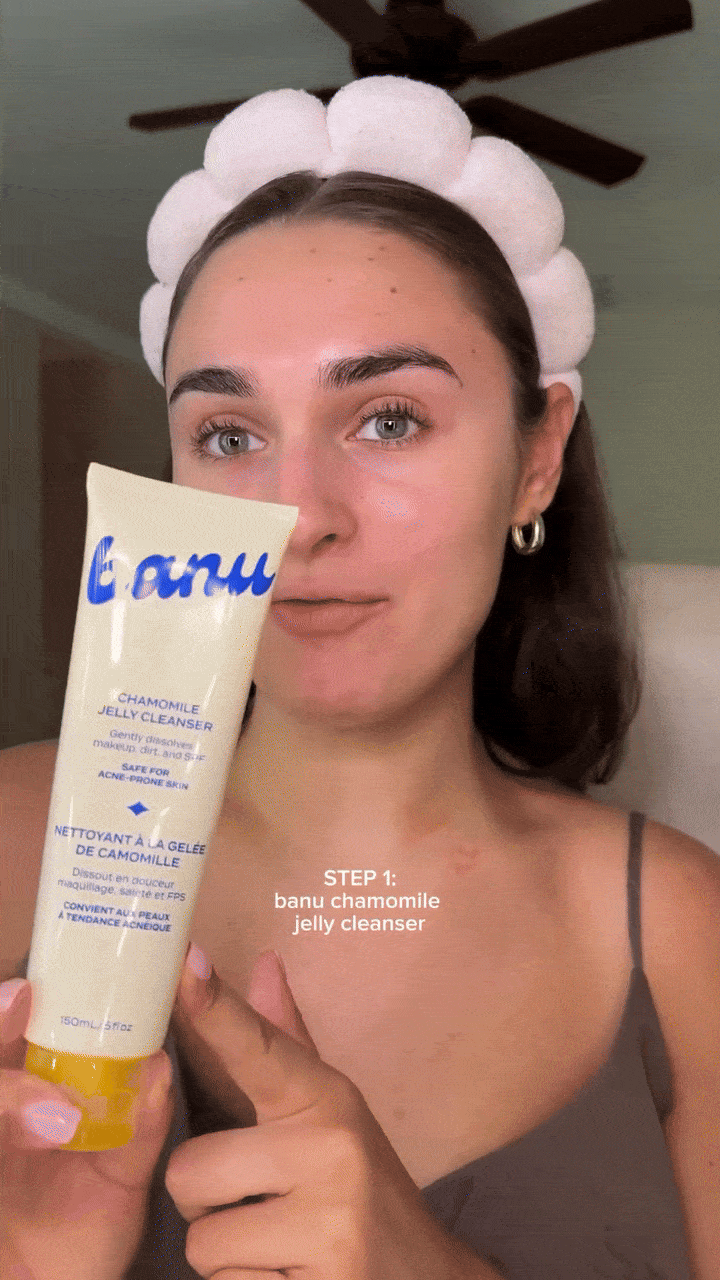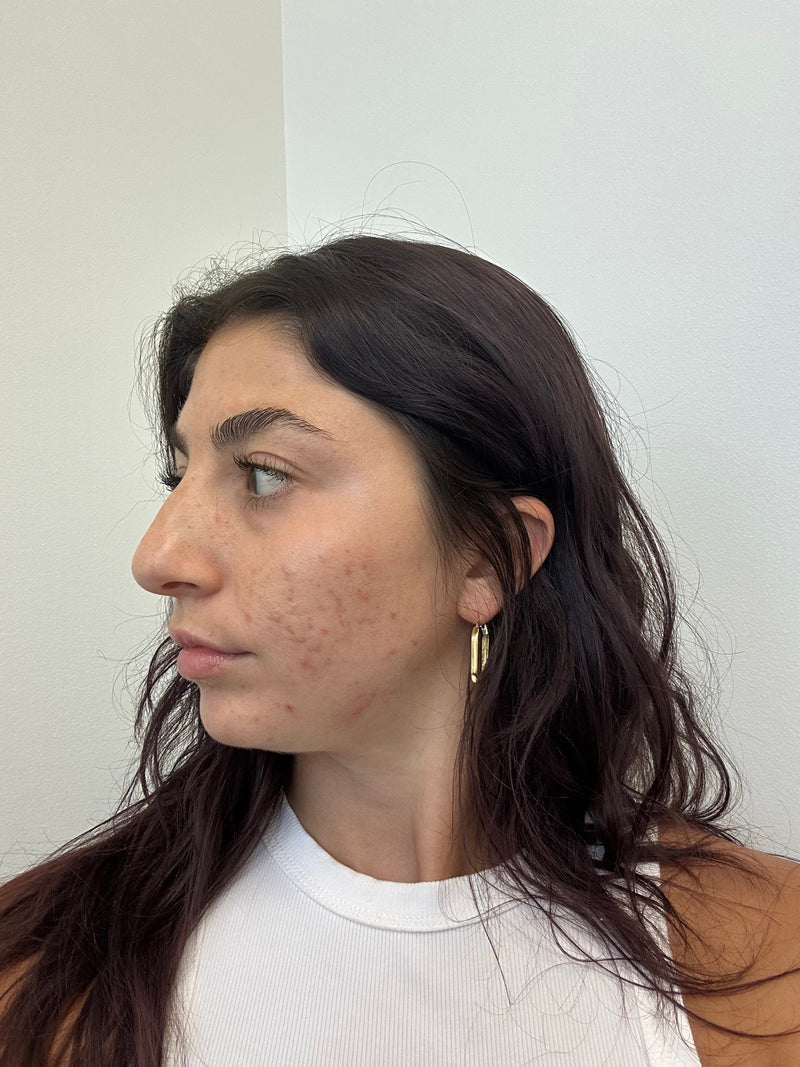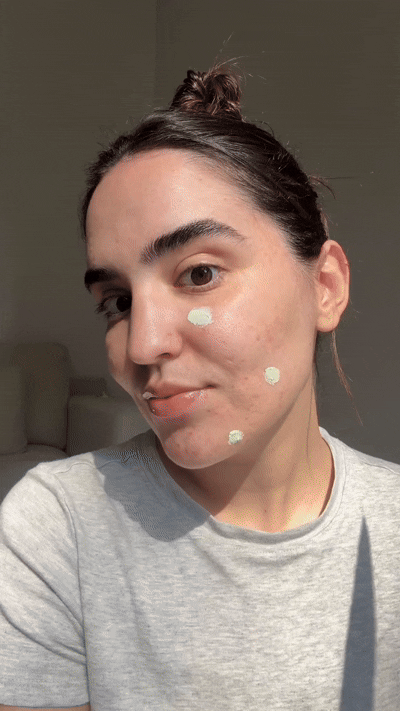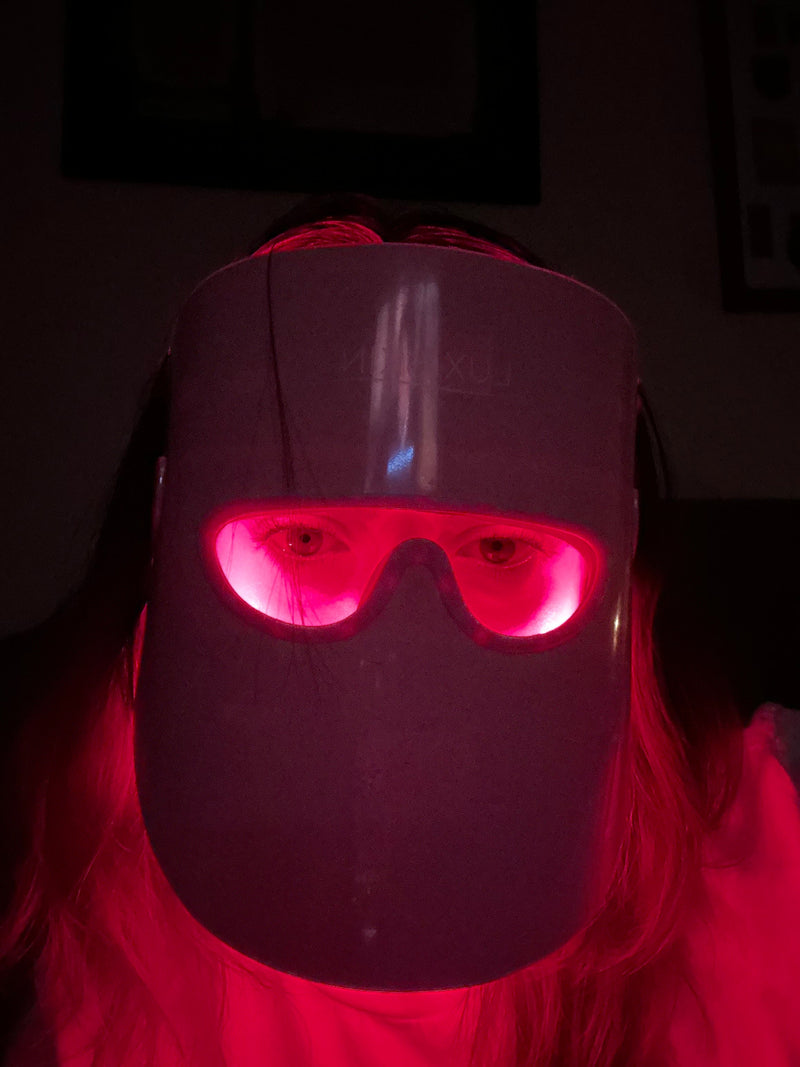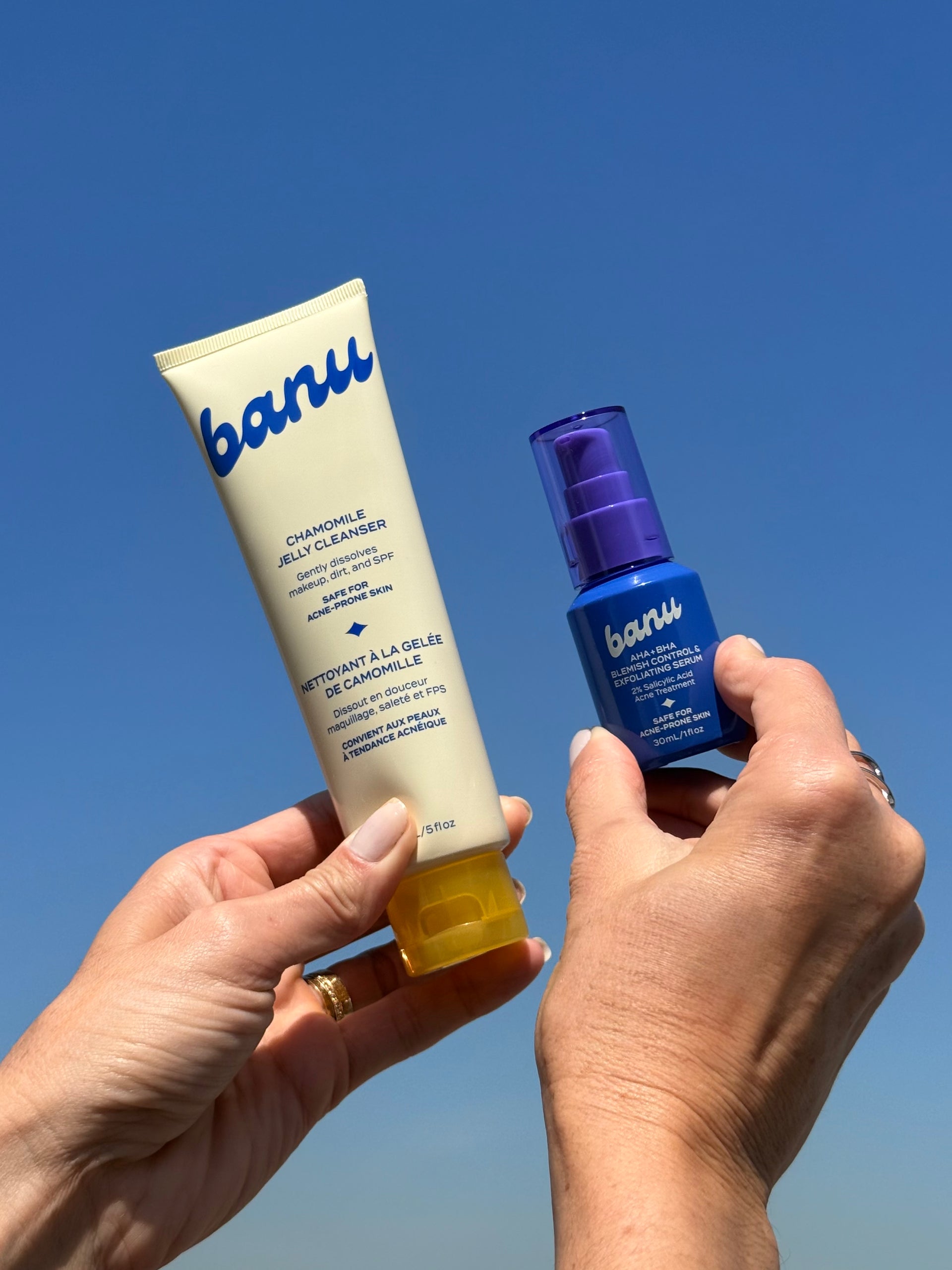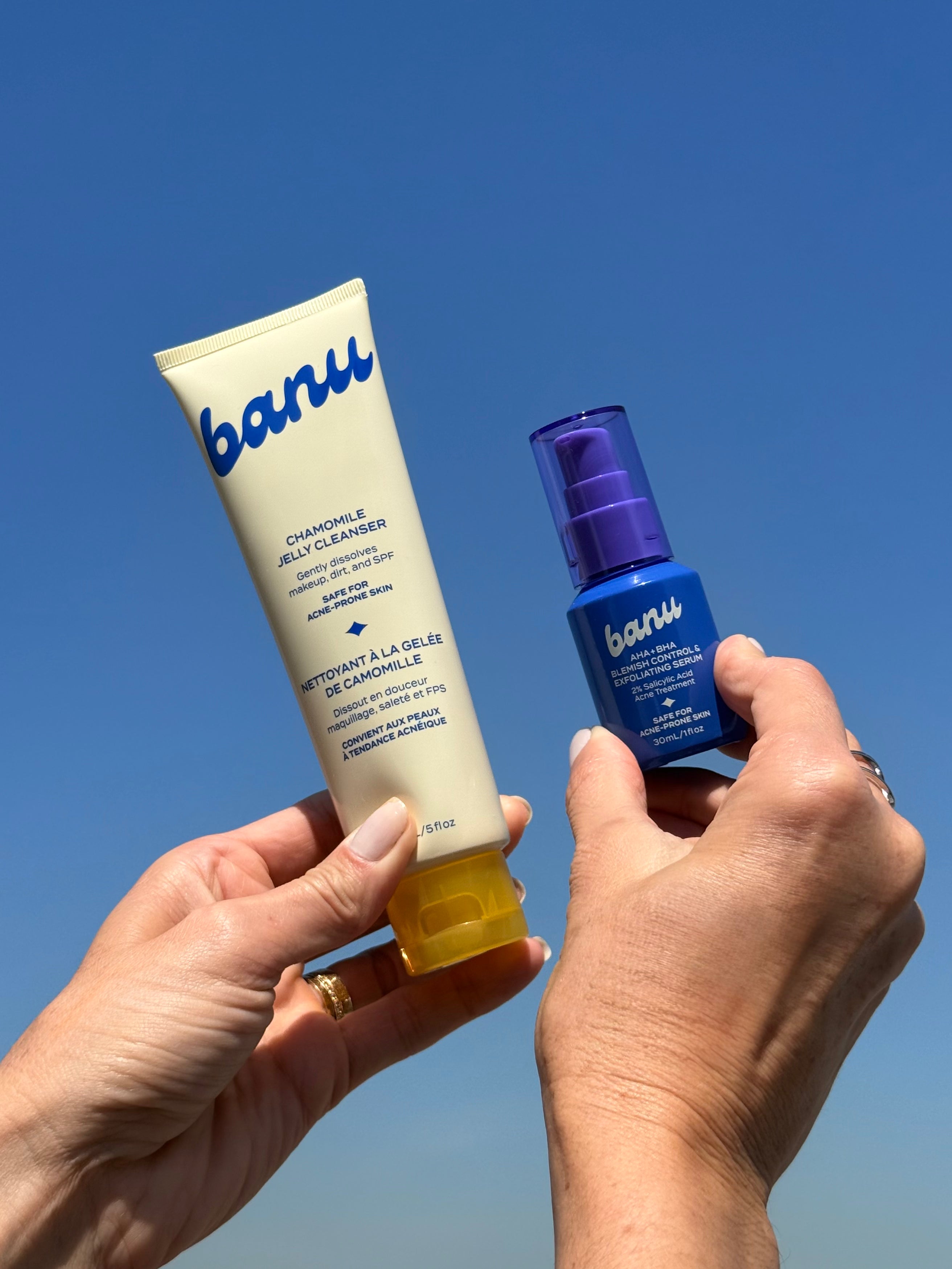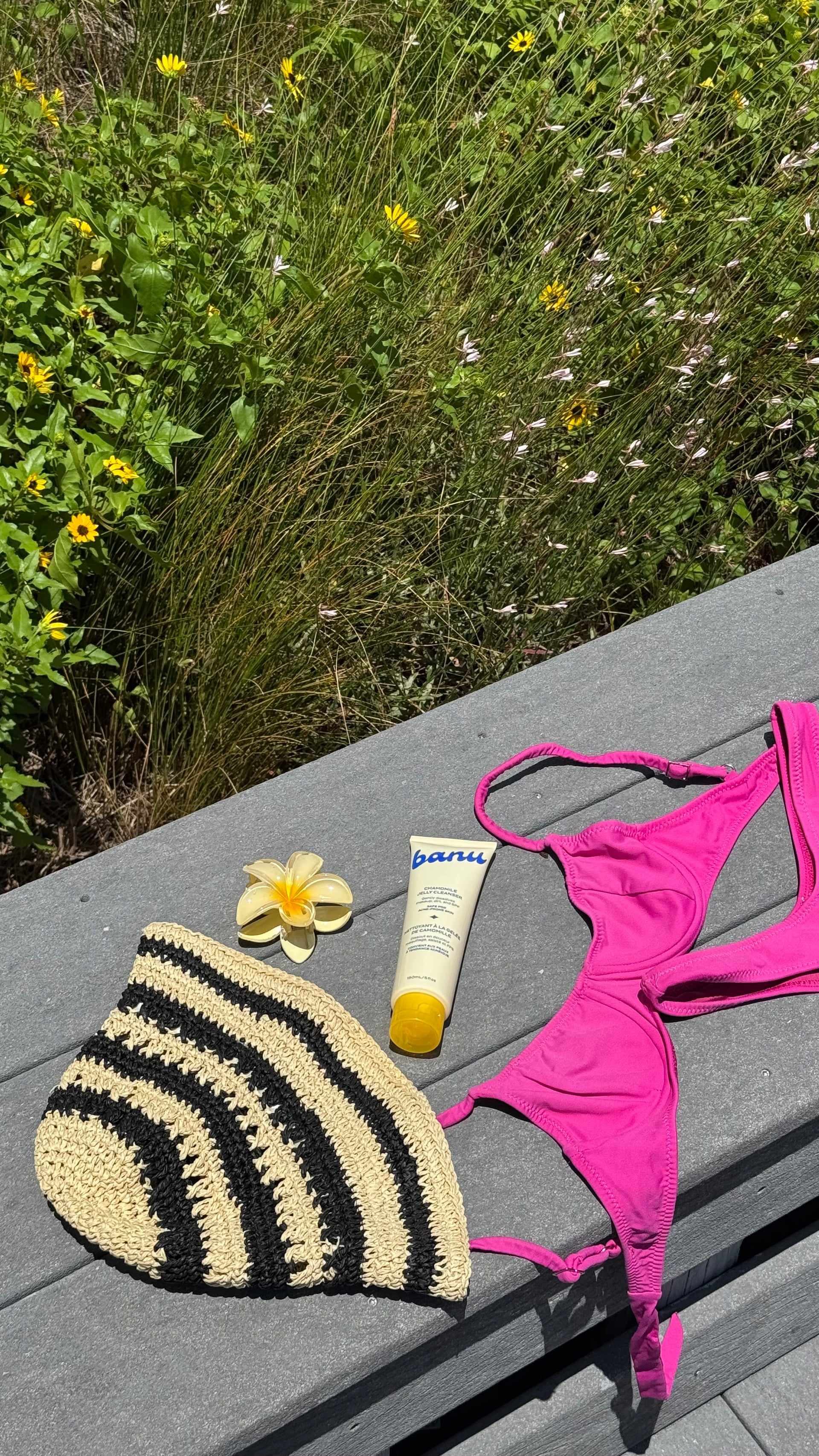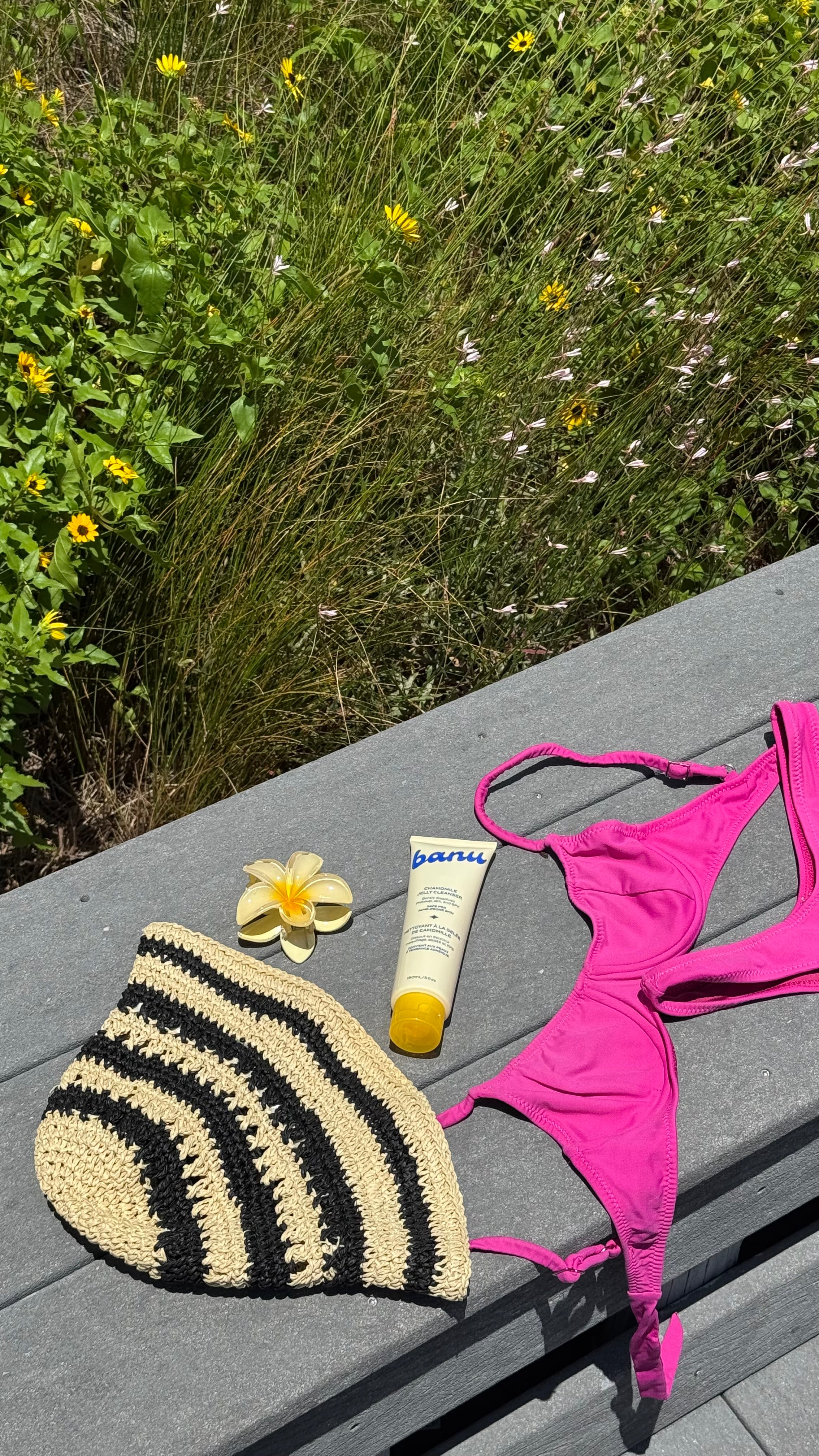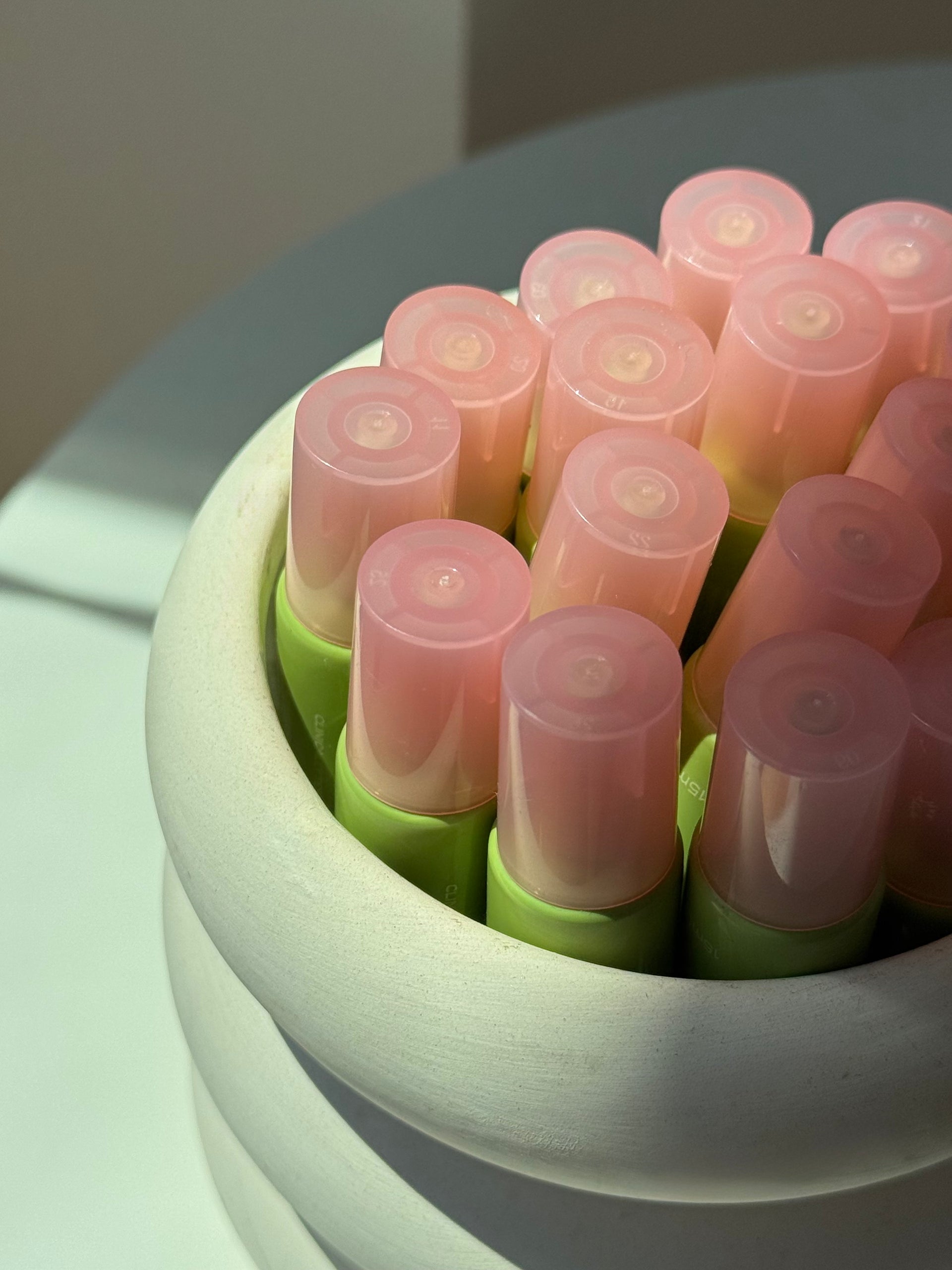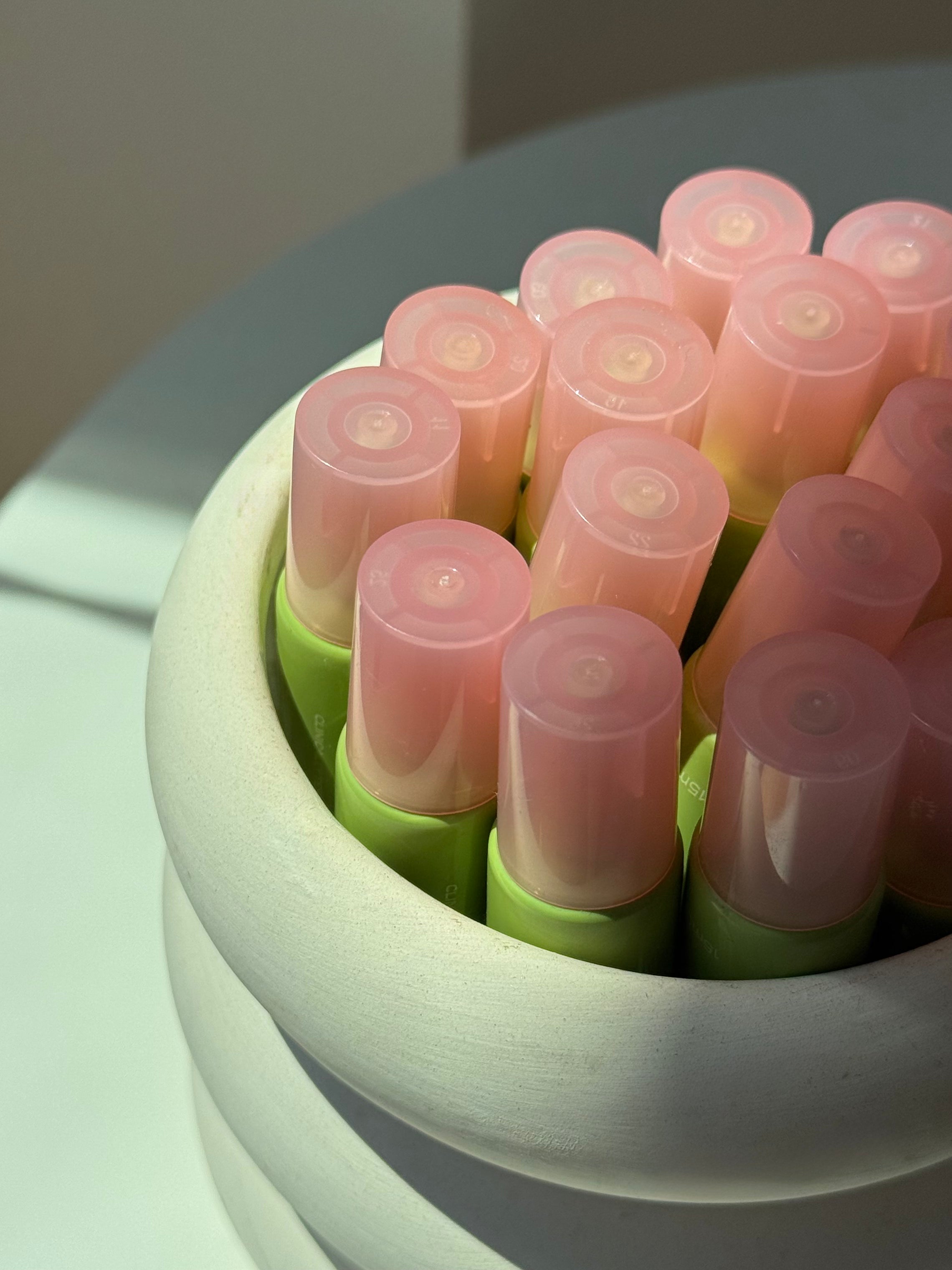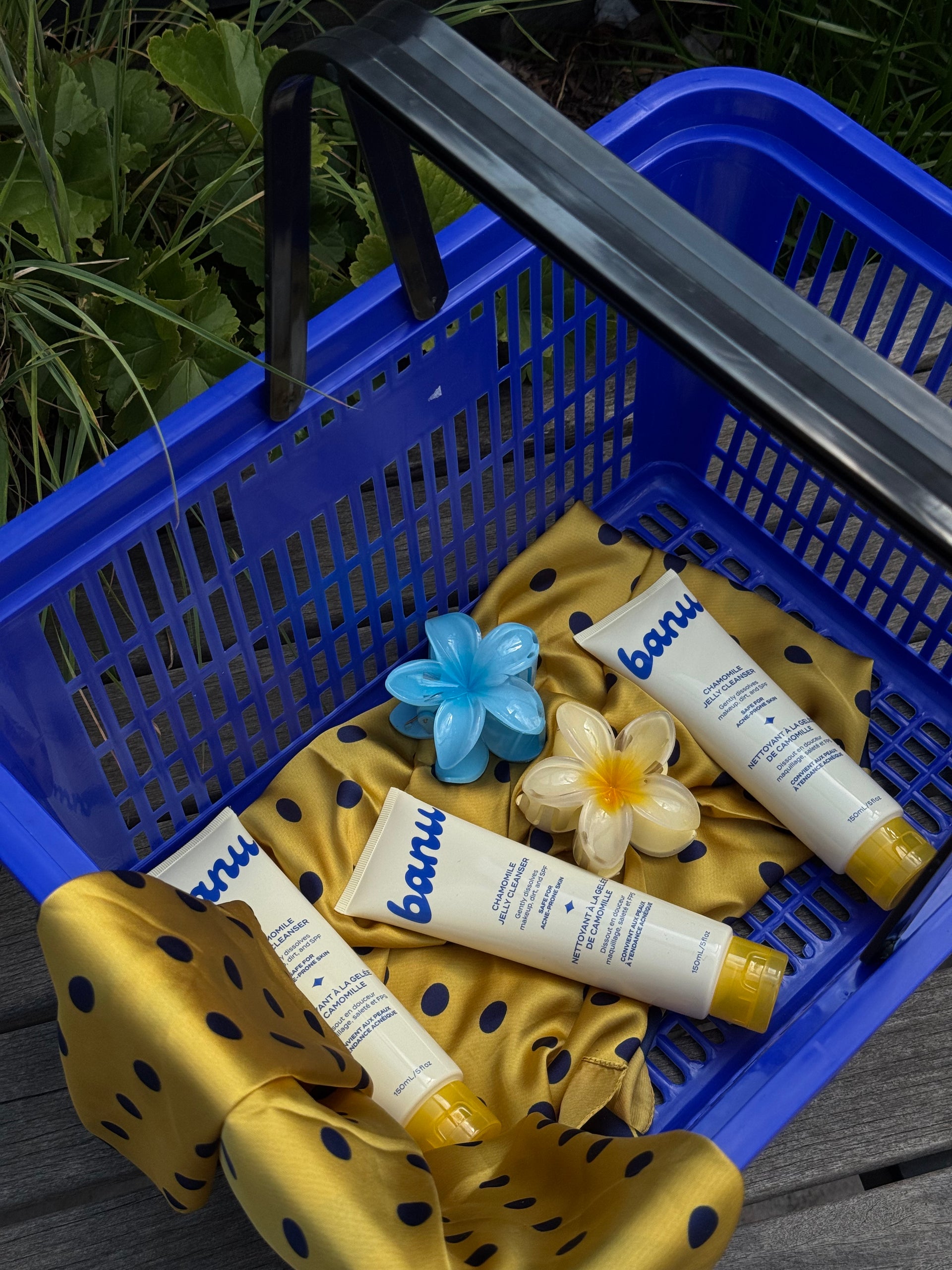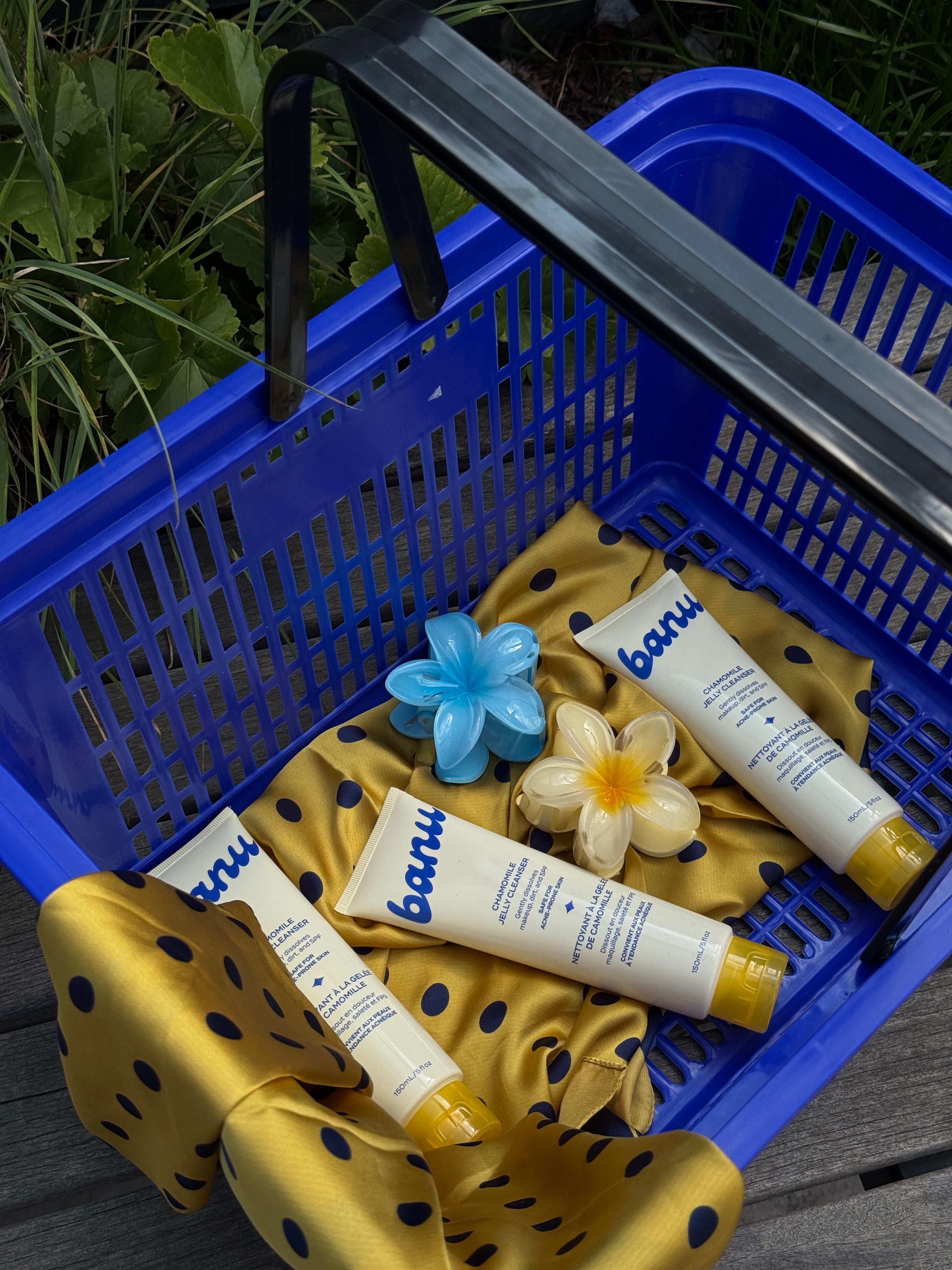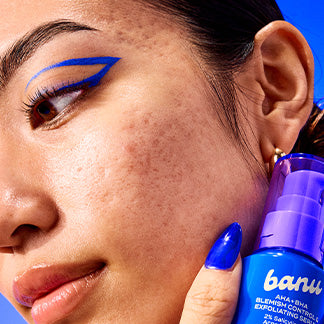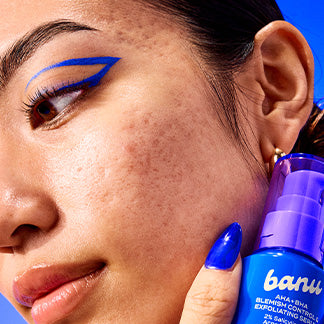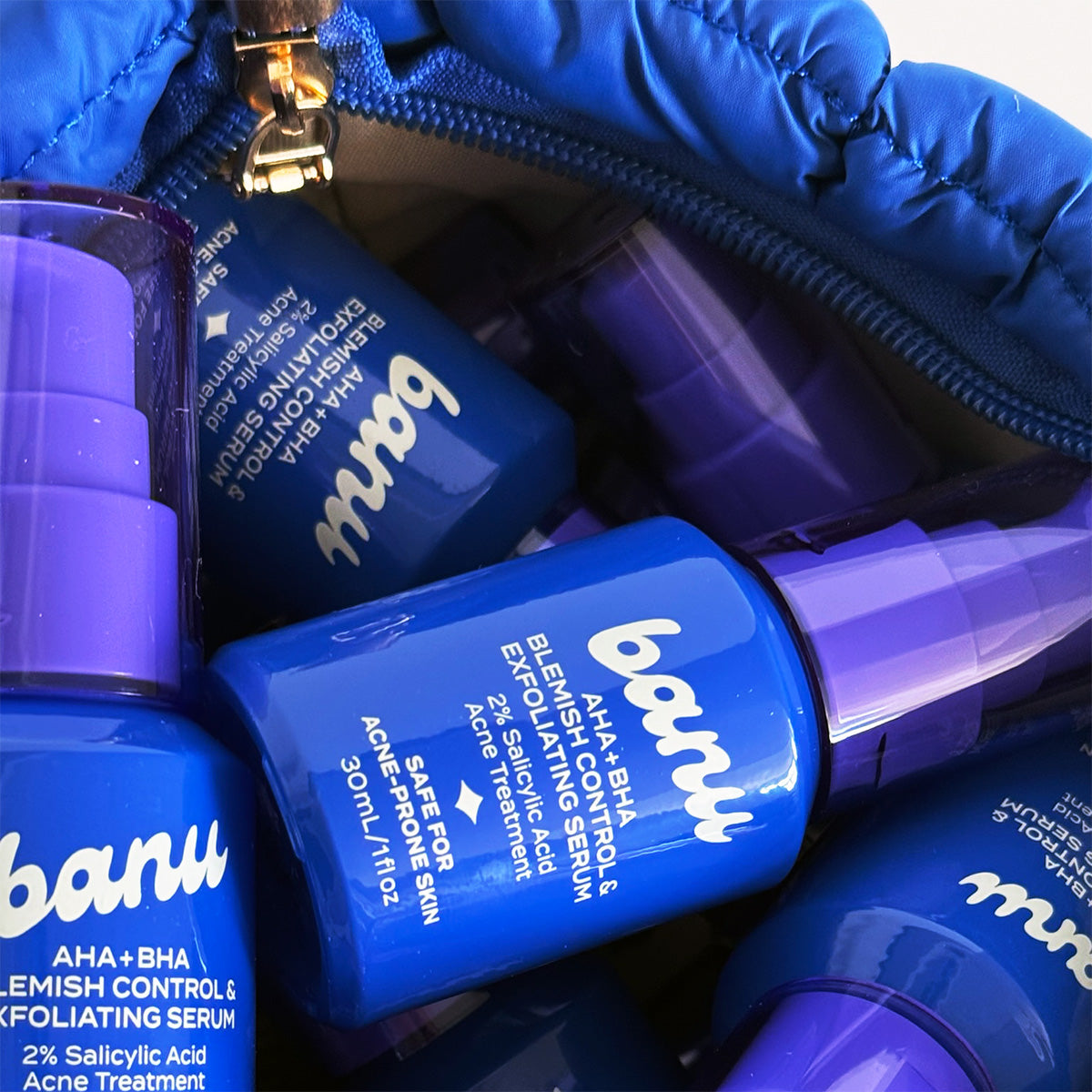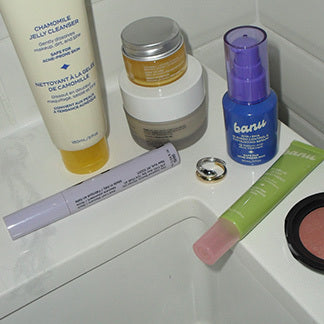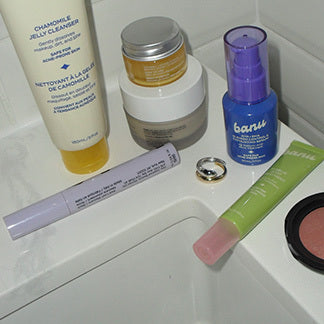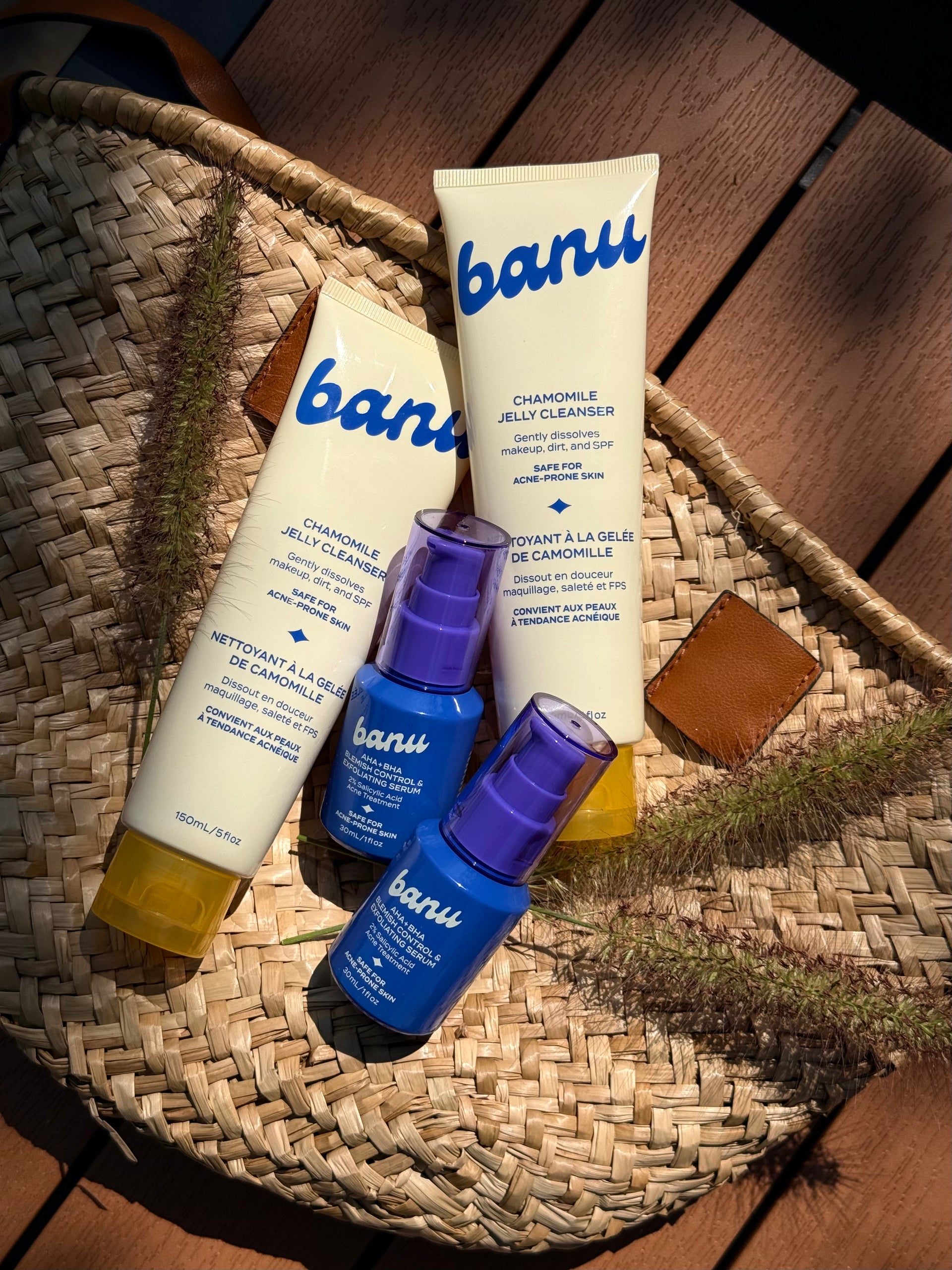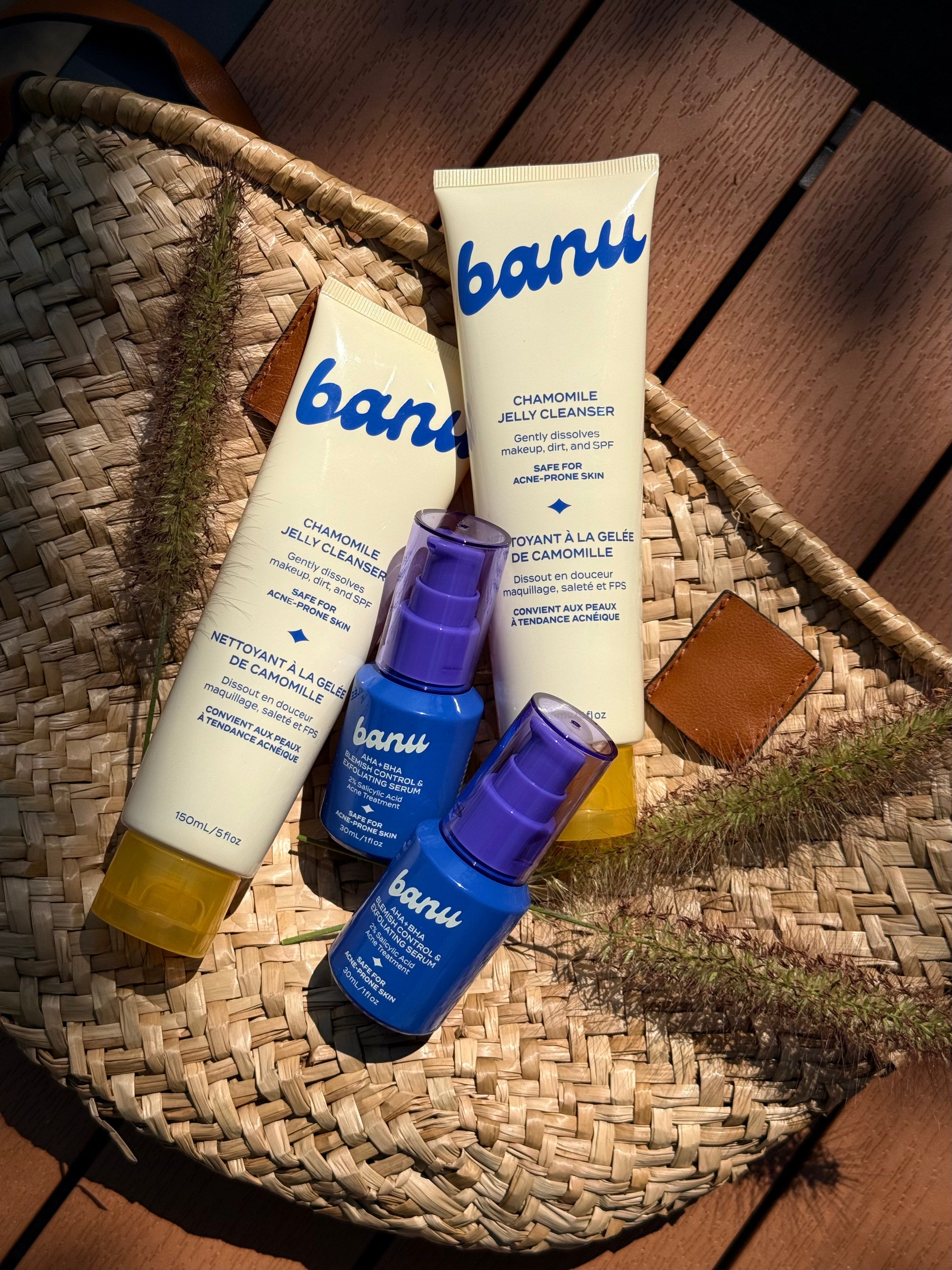Still Breaking Out as an Adult? Here’s Why (and What to Do About It)
13 March, 2025
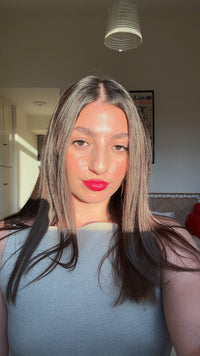
by Jenna Curcio
Adult acne is SUPER common, and triggers shift with age, stress, hormones, and even the products you use. What worked during your teen years? Probably not cutting it anymore.
Let’s break down why you’re still getting acne as an adult — and what you can actually do about it.

So you're not a teenager anymore, but your skin didn’t get the memo? Totally normal, and honestly, way more common than people think. Adult acne can show up in your 20s, 30s, even 40s. And yeah, it’s frustrating when nothing seems to work (or worse, the products you used in high school just make it worse now).
Let’s break down why this is happening — and what you can actually do about it.
Wait…Why Am I Still Getting Acne?
There are a few usual suspects:
Hormones:
Hormonal fluctuations are a huge one — around your period, with stress, during pregnancy, or approaching perimenopause. When hormones shift, your oil glands can overreact and clog pores, especially around your chin and jawline.
Product Buildup + Clogged Follicles:
Not all skincare is skin-friendly. Some acne products can be overly harsh, and certain ingredients — especially comedogenic ones — can clog pores or disrupt your skin barrier. That’s often what leads to those mystery breakouts. (Psst: use our Breakout Detector to double-check any products!)
Overactive Oil Glands:
Your skin needs oil, but too much of it? Not great. Stress, harsh products, and diet can all mess with oil production and trigger breakouts.
Lifestyle Stuff:
Late nights, not enough sleep, sweet treats, or even wearing tight clothes during a sweaty workout — these are all things that can throw your skin off balance.
Will This Ever Go Away?
It can, but it’s not always a quick fix. The key is giving your skin what it needs now — not necessarily what worked for you five years ago. Think gentle, balanced, and consistent.
What Actually Helps
You don’t need a billion step routine. Just a few solid products that do their job without messing up your skin barrier:
- A non-stripping cleanser: banu’s Chamomile Jelly Cleanser is a hydrating jelly-to-foam formula that gently melts away oil, makeup, and SPF without leaving your skin tight or dry. It’s great for acne-prone, sensitive skin and keeps your barrier happy.
- A gentle-but-effective exfoliating serum: Our multi-acid serum clears out pores, smooths texture, and brightens for clearer, glowier skin — no irritation required. It’s how you get results without wrecking your skin.
- A fast-acting spot treatment: When a breakout does pop up, Banu’s 10% sulfur spot treatment helps shrink it fast, calm redness, and reduce discomfort — without drying your skin into oblivion.
A Few More Tips
-
Stick to non-comedogenic products (yes, even your haircare and SPF)
-
Don’t over-cleanse or scrub — your skin barrier needs care, not combat
-
Pay attention to possible triggers (your cycle, stress, a new product)
-
If breakouts keep showing up, checking in with a derm can really help
-
Stop picking — it always makes things worse (we’ve all been there)
-
Hydrate, get good sleep, and be kind to your skin. It really does respond :)
Bottom Line
Adult acne can feel like it’s coming out of left field, but still be manageable. You’re not dirty, doing something wrong, or stuck with it forever. With the right routine, a bit of consistency, and some skin-barrier TLC, you can manage it all with ease.
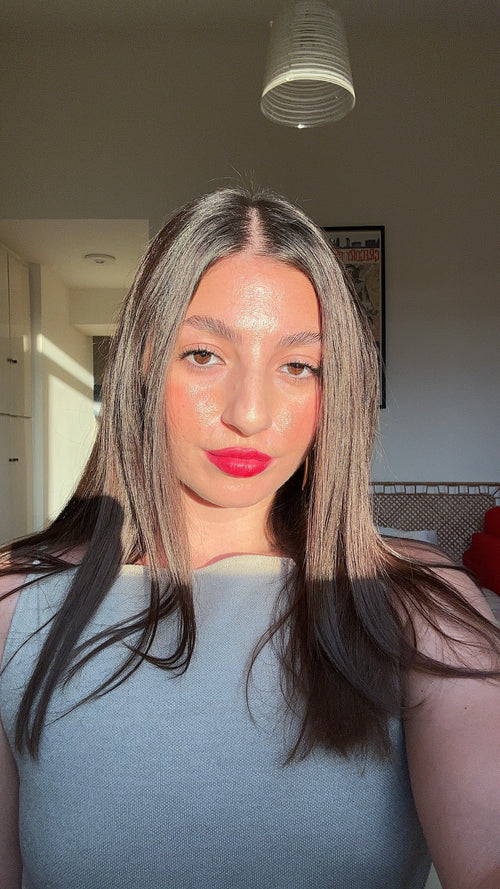
Author
Jenna Curcio
Ciao, I’m Jenna :) I’m a writer and brand strategist with 6+ years of experience telling stories in the beauty world — both professionally and personally. After years of dealing with acne, I know how overwhelming and emotional the skincare journey can be. I’m here to make it feel a little less confusing and a lot more human.


